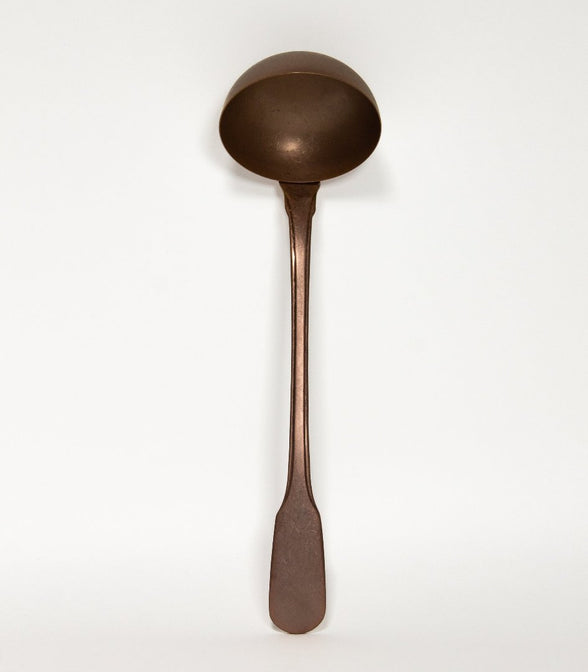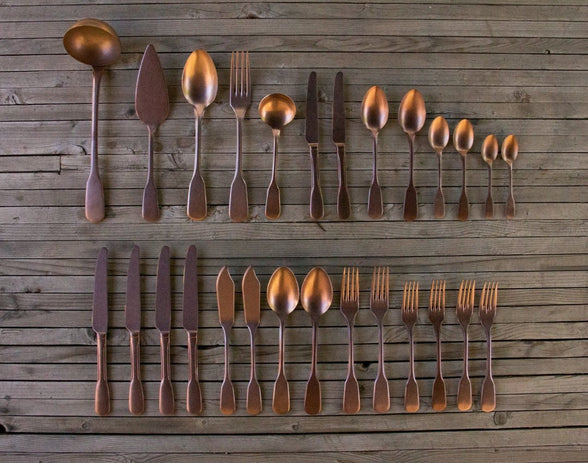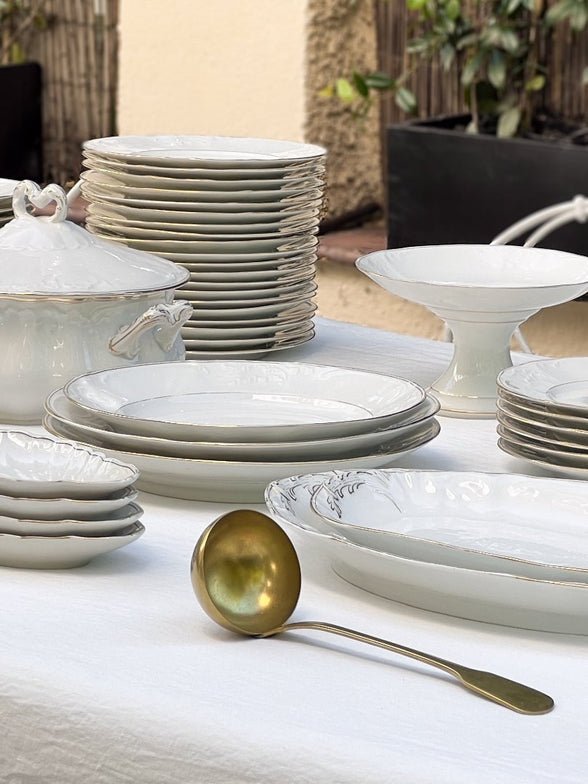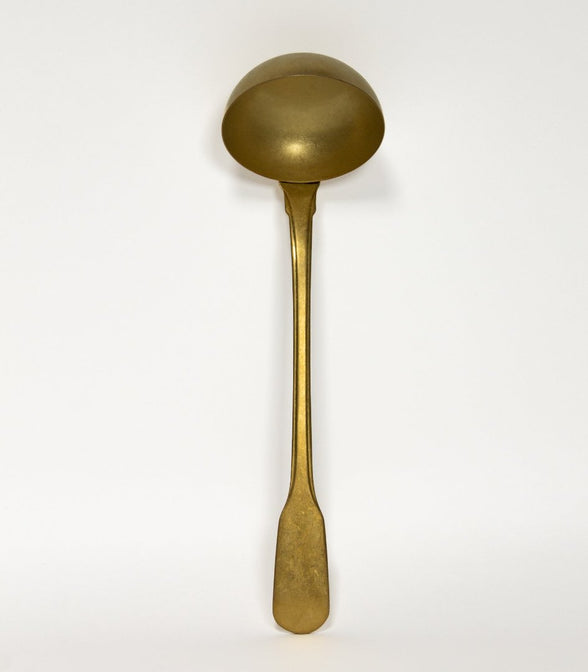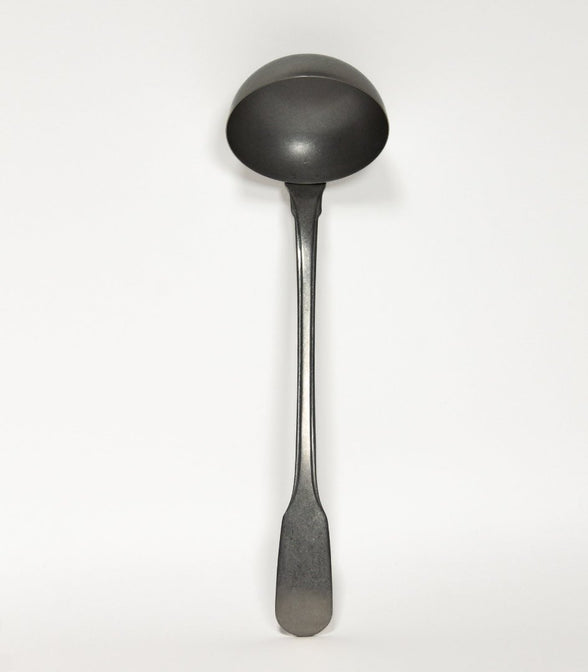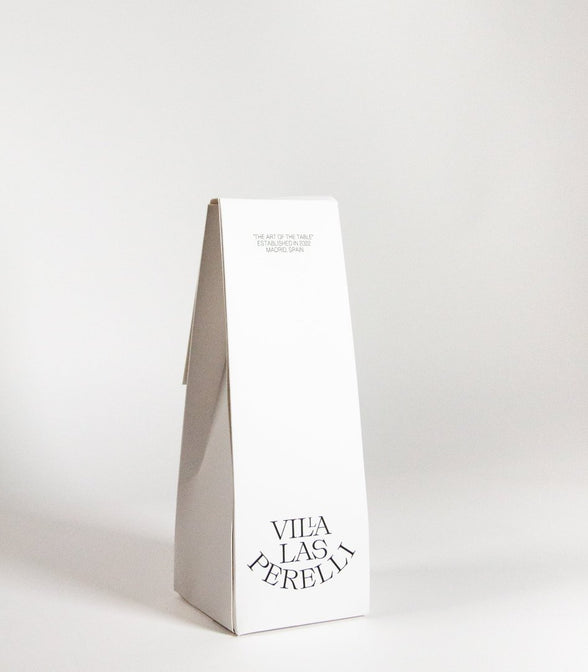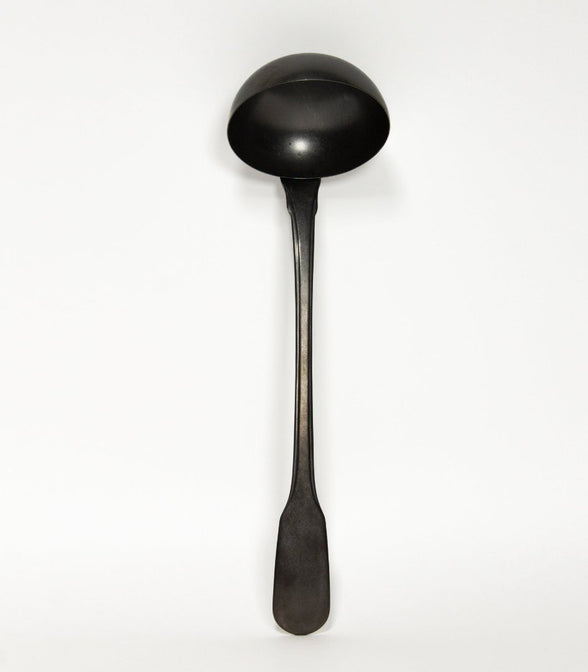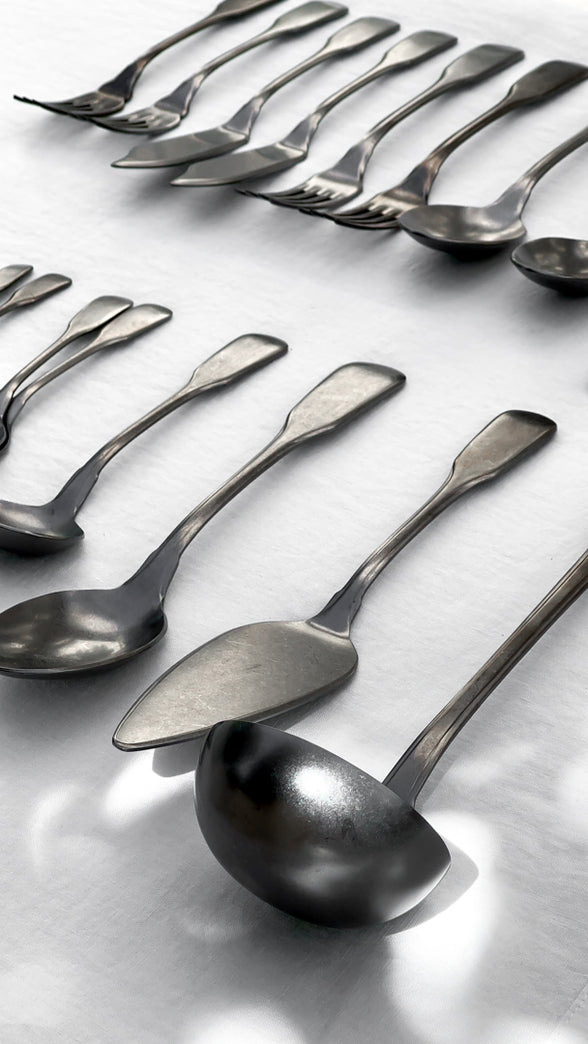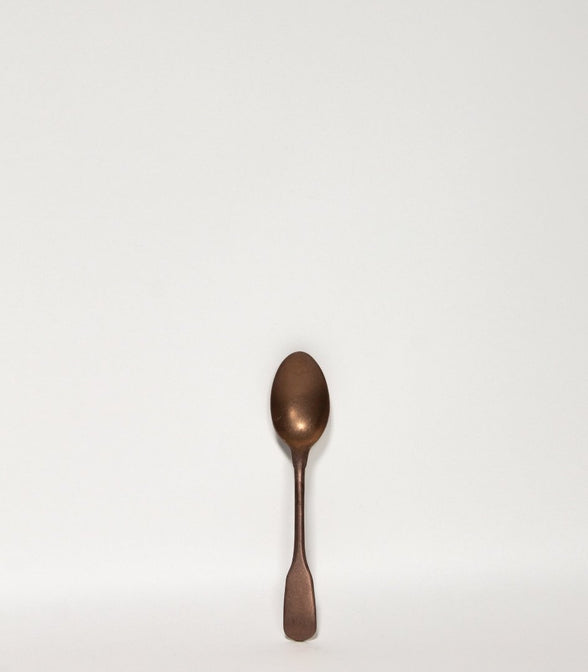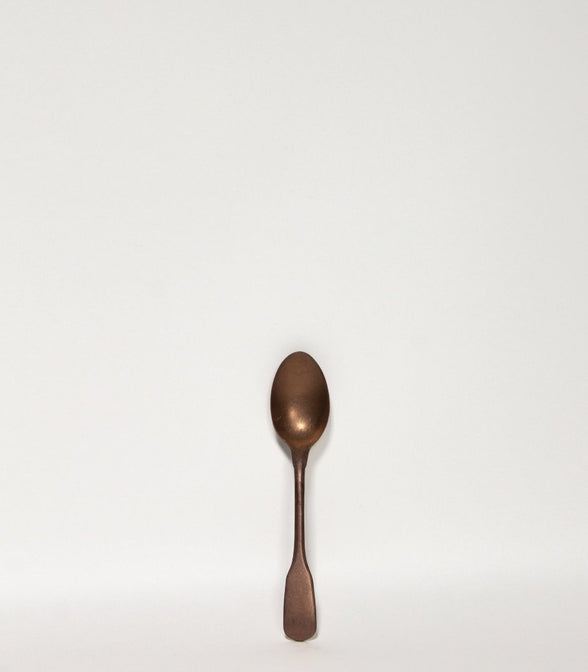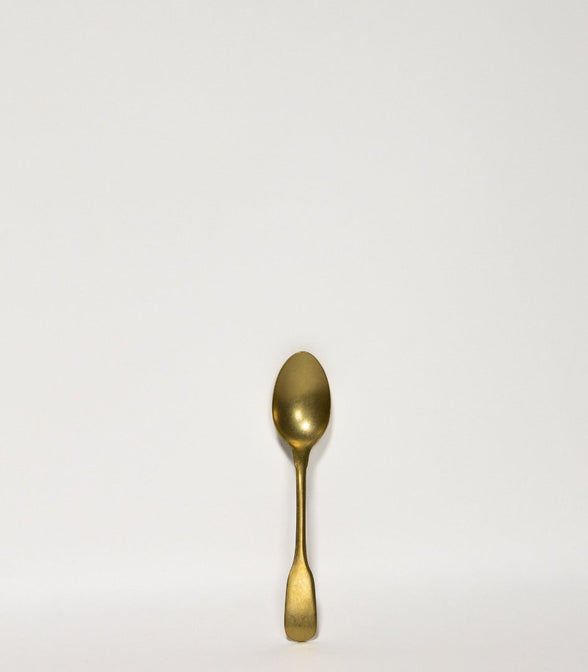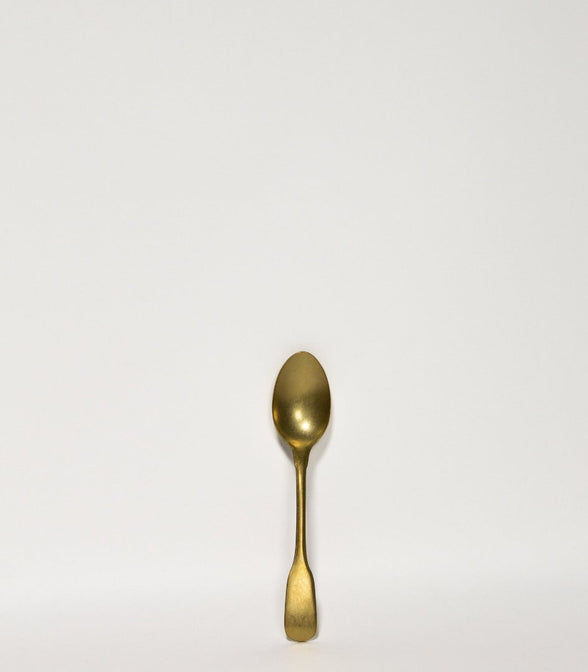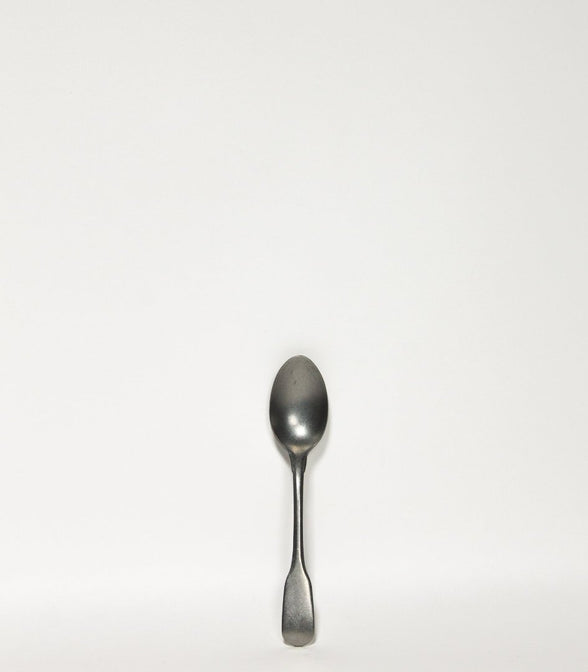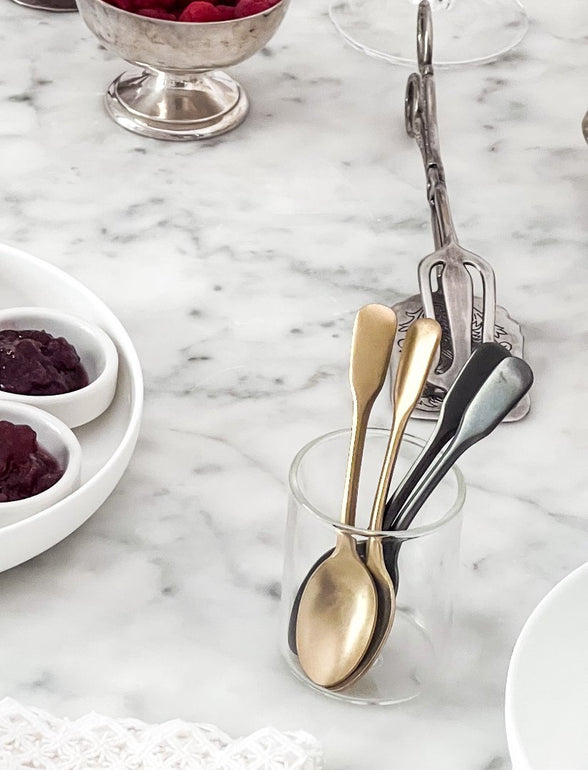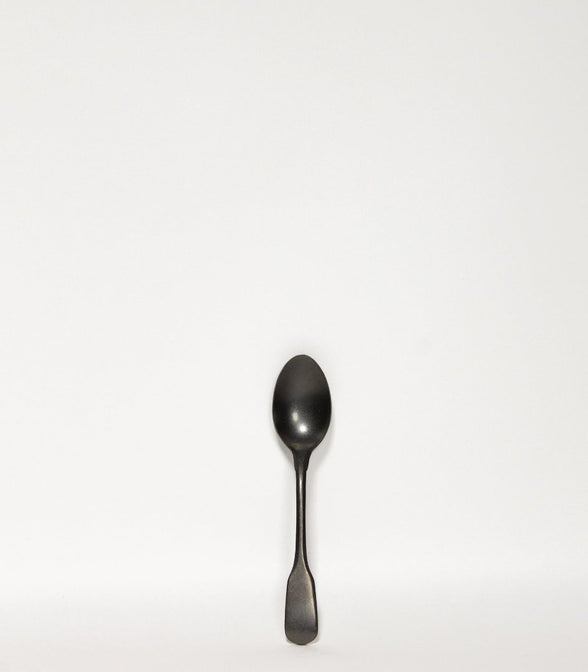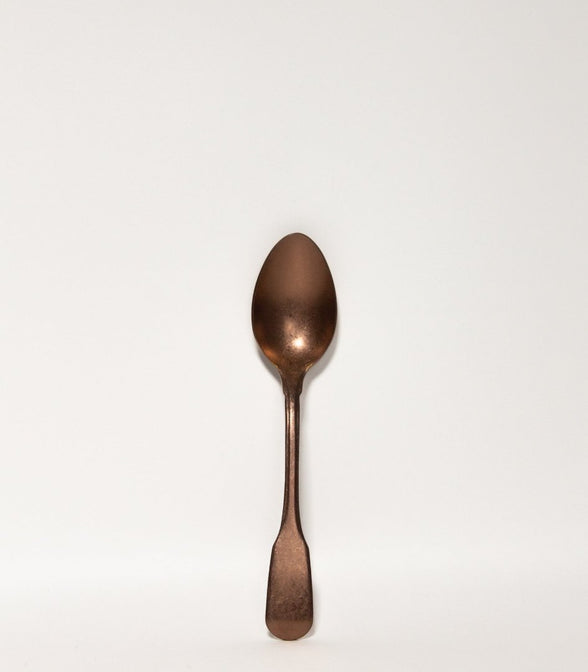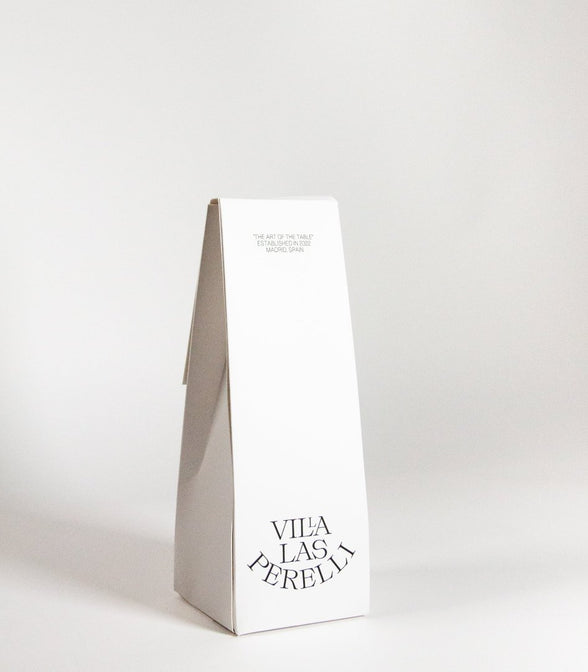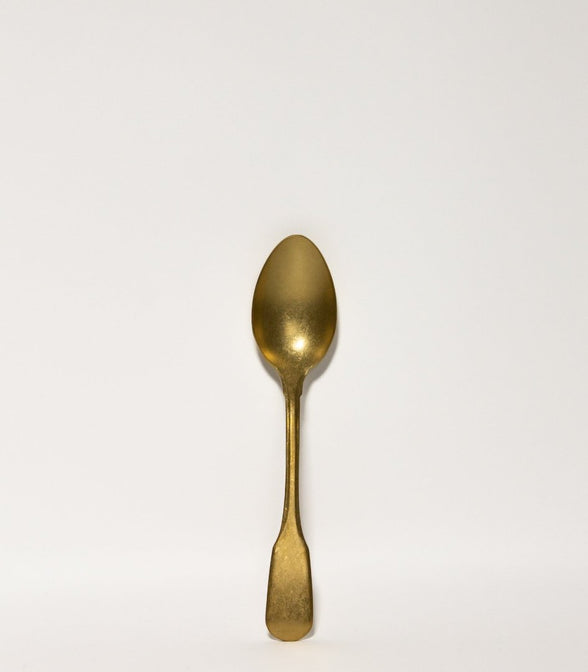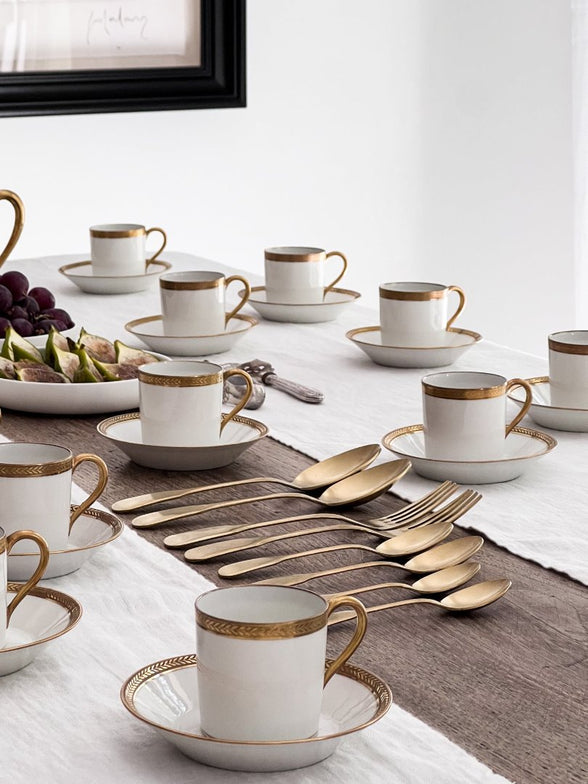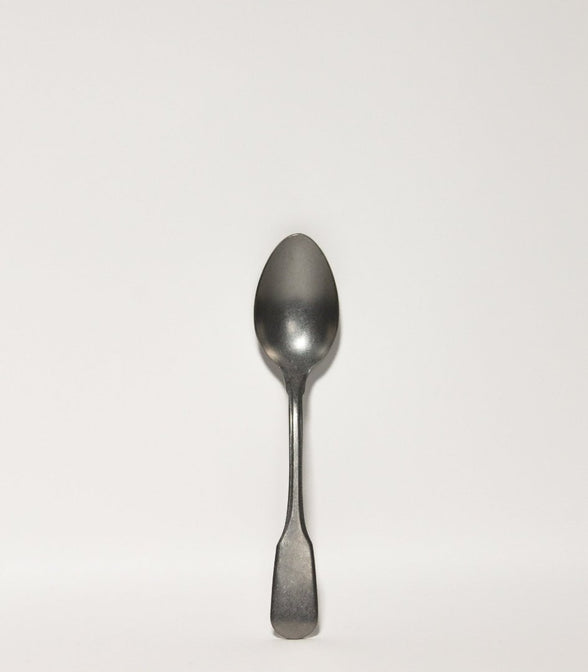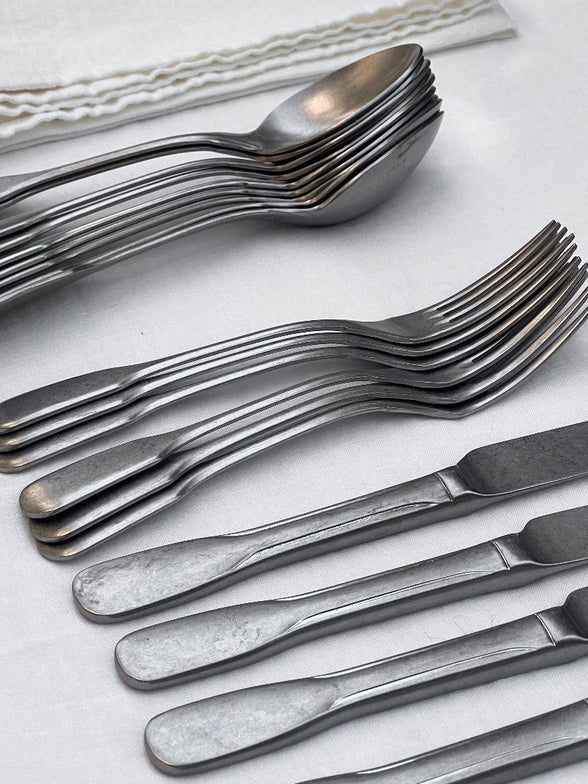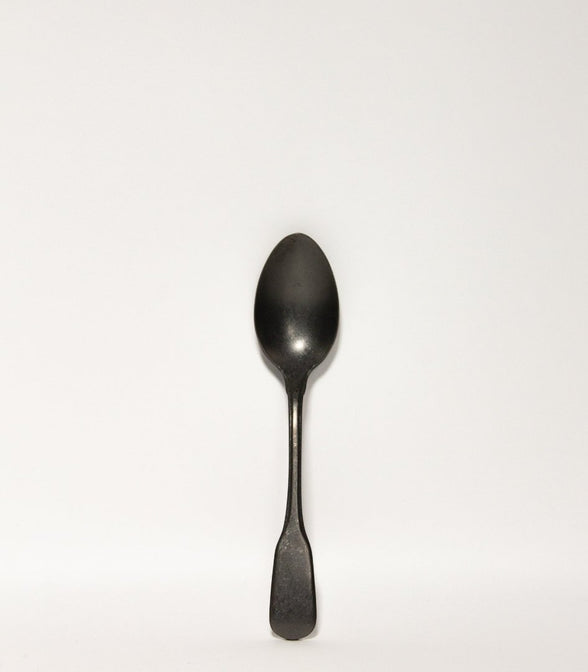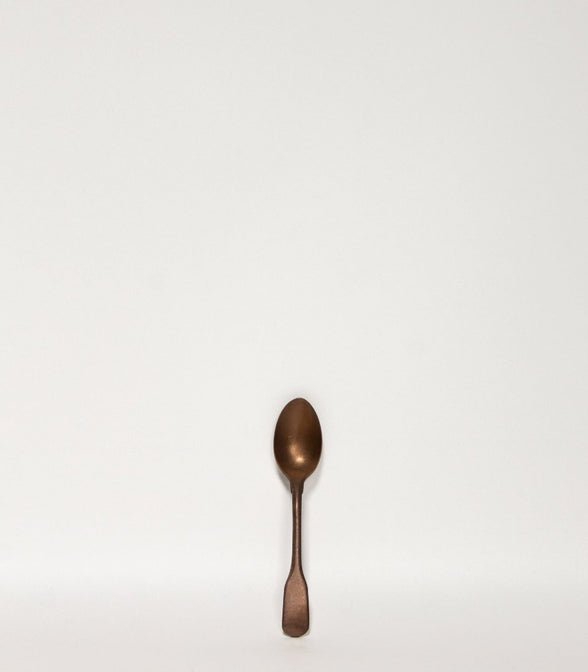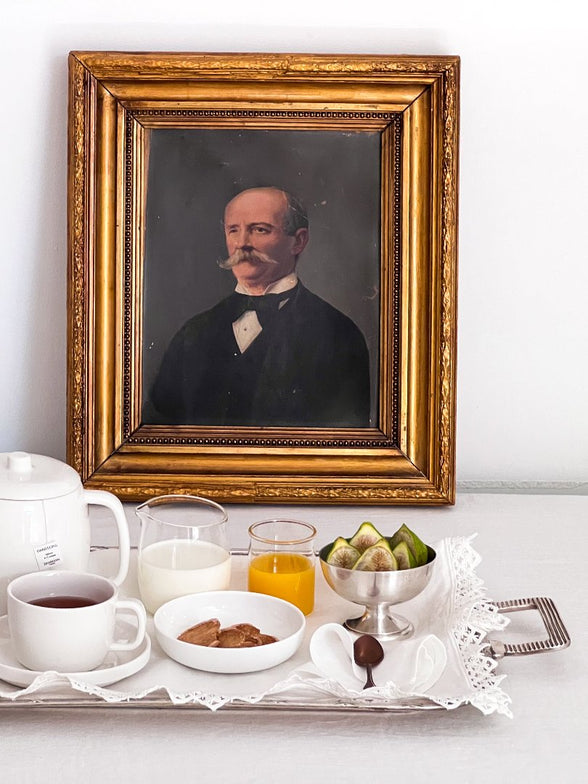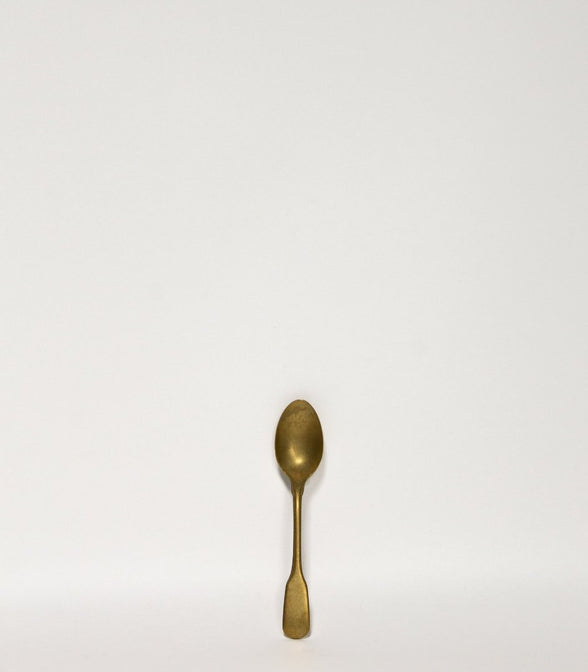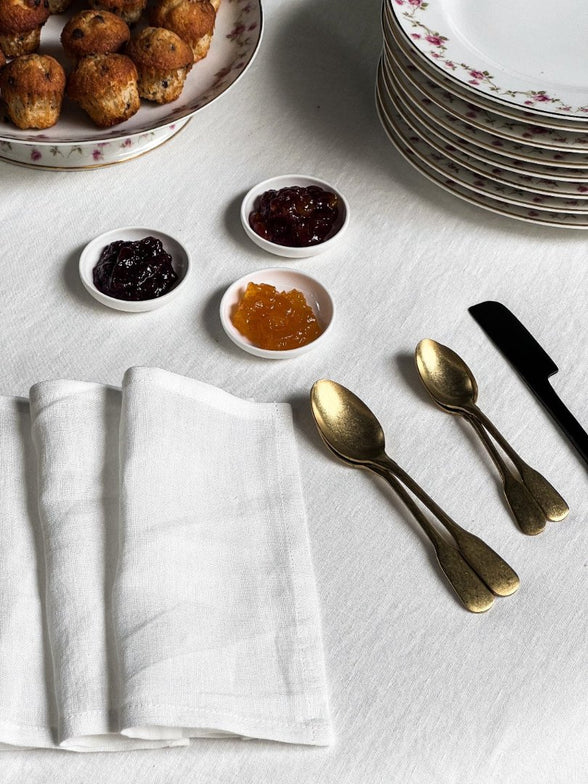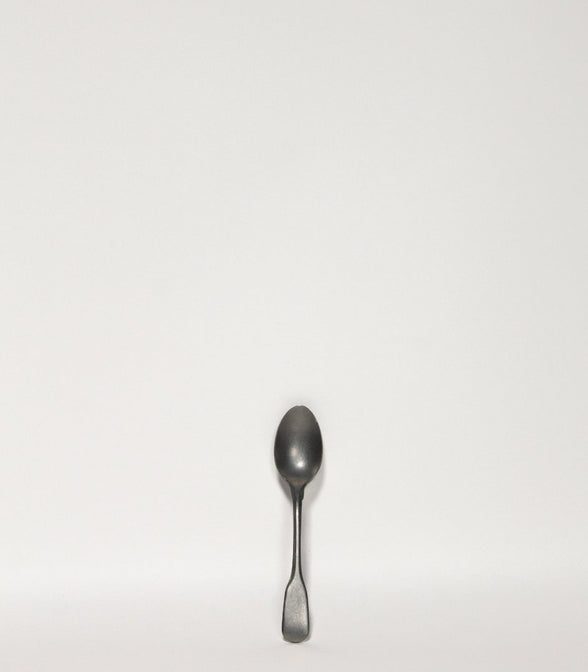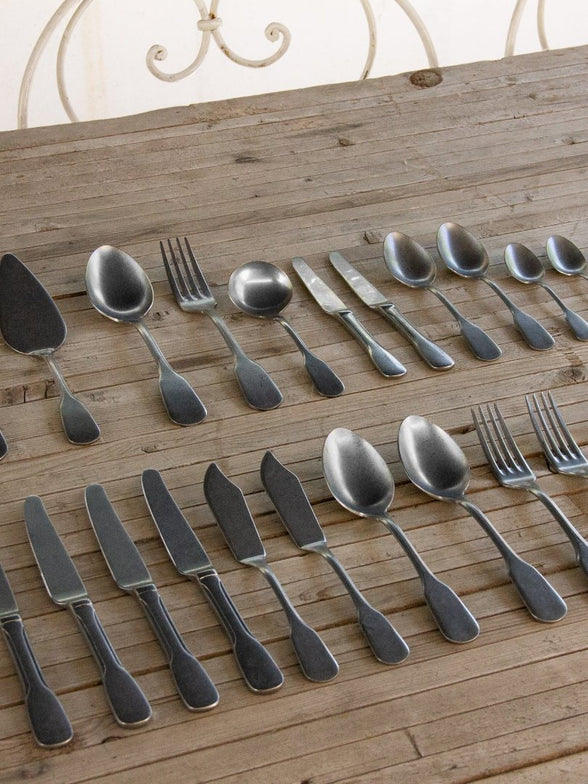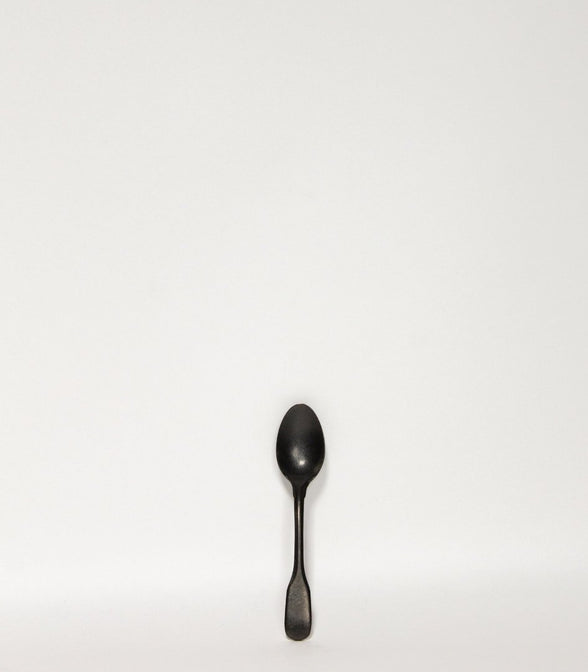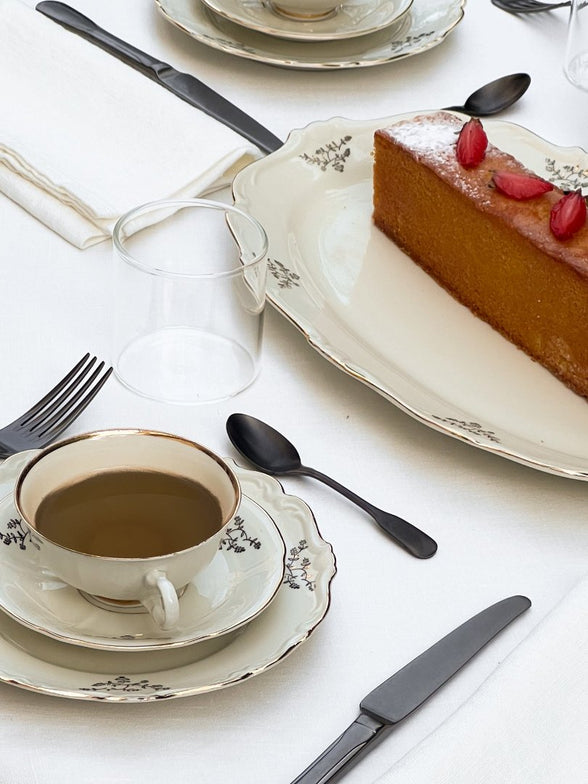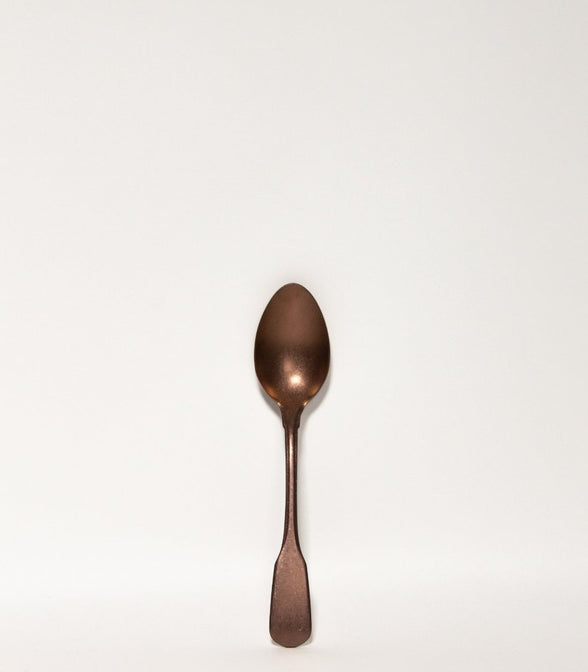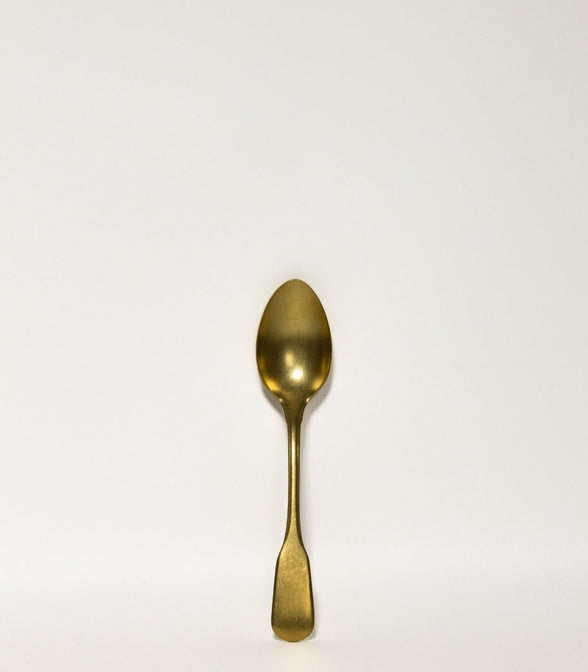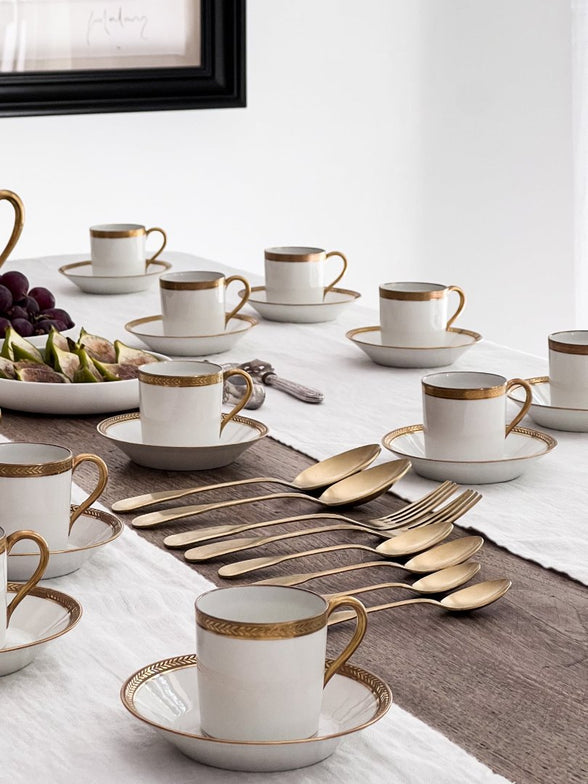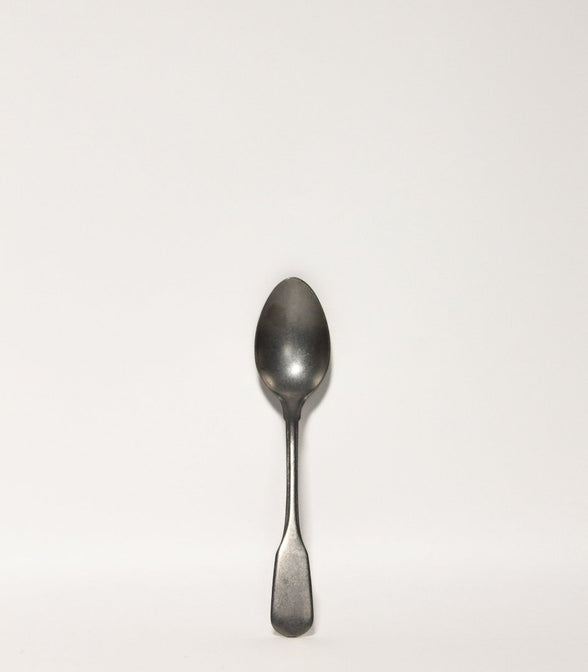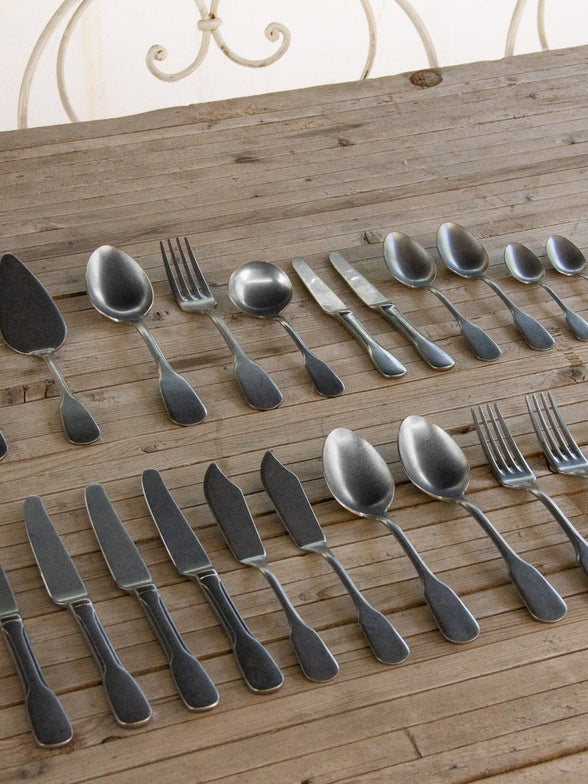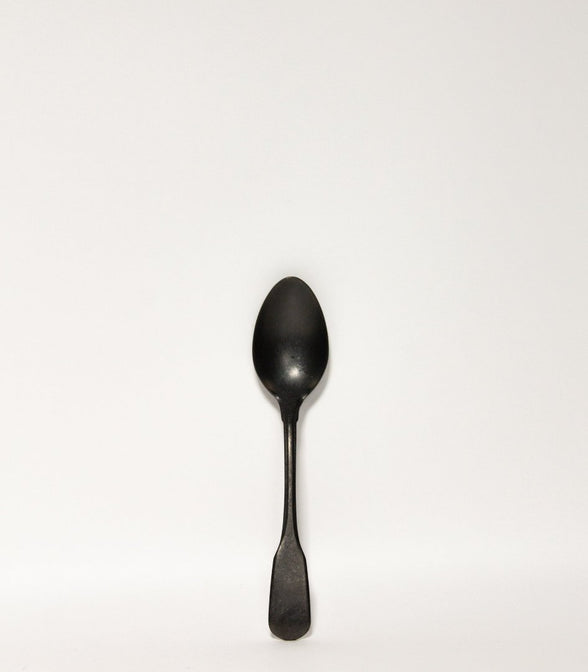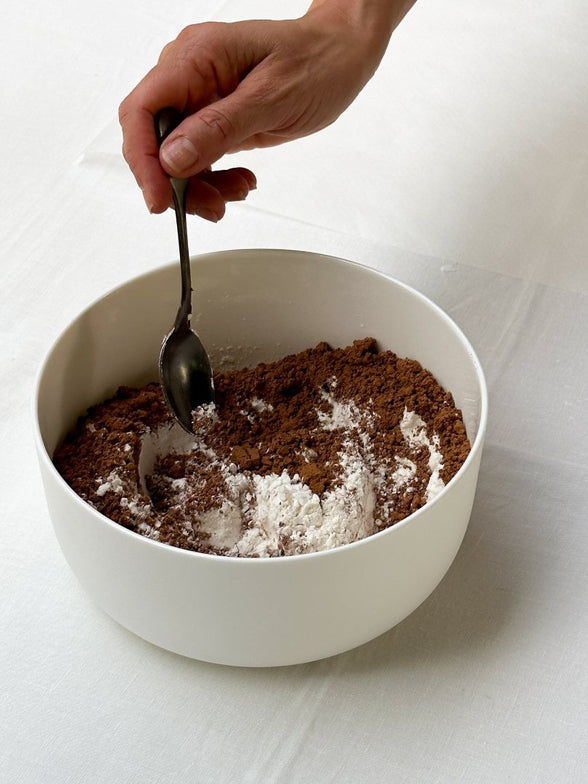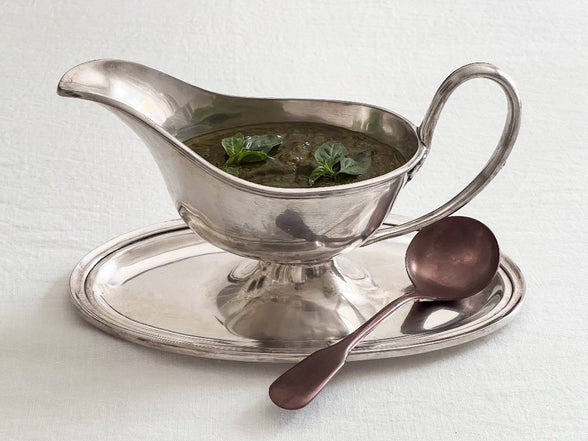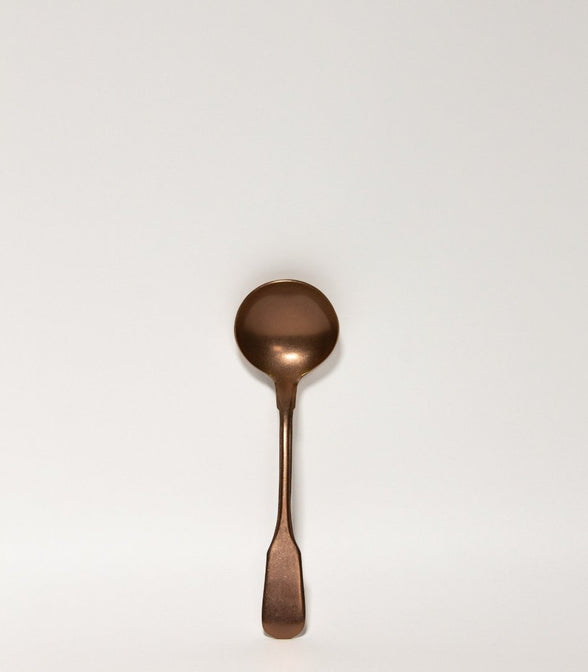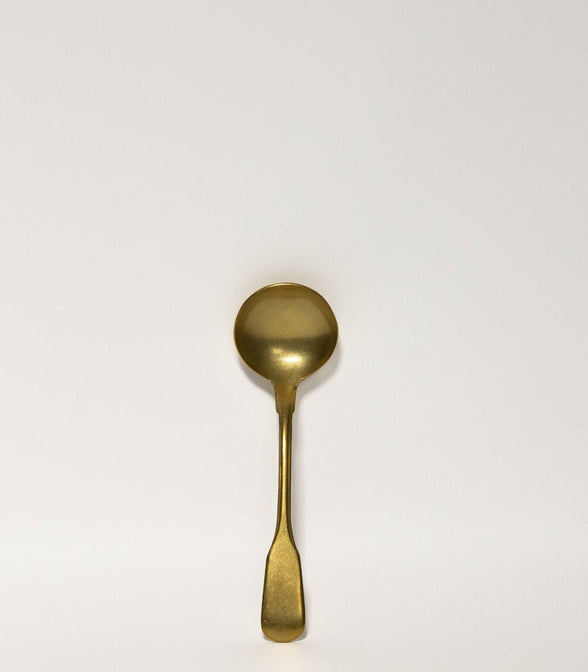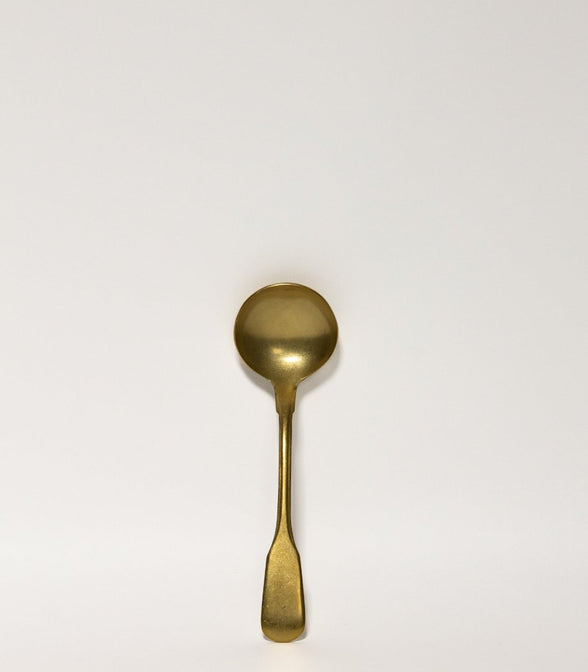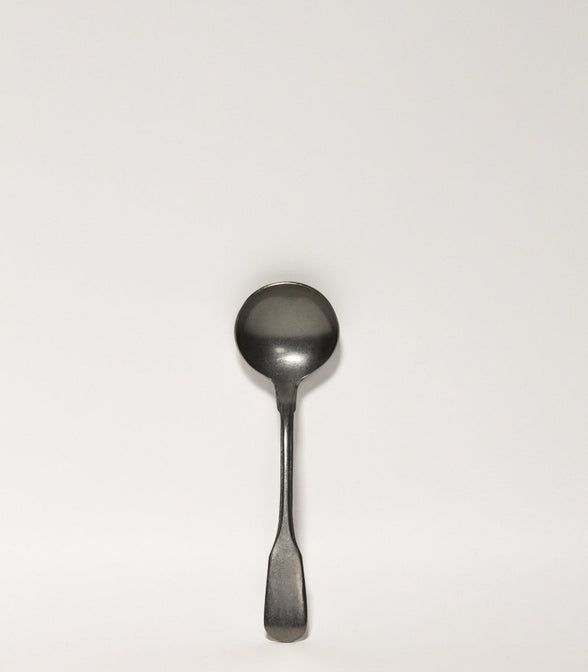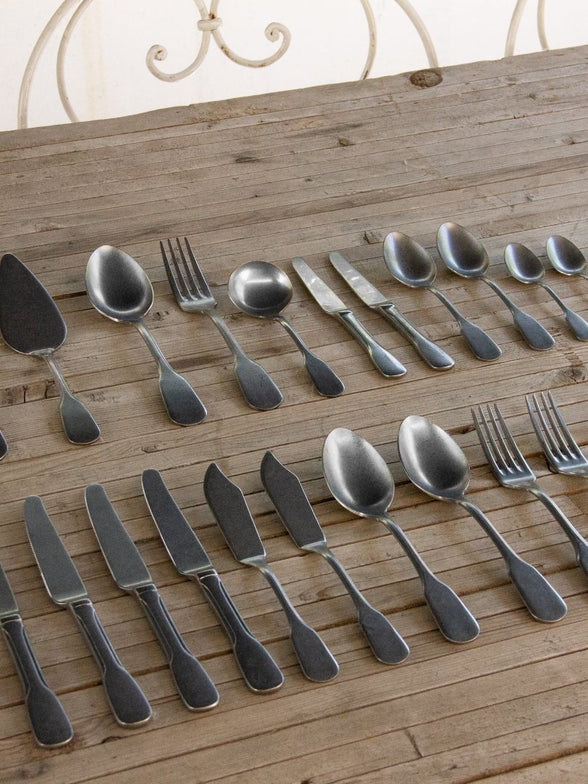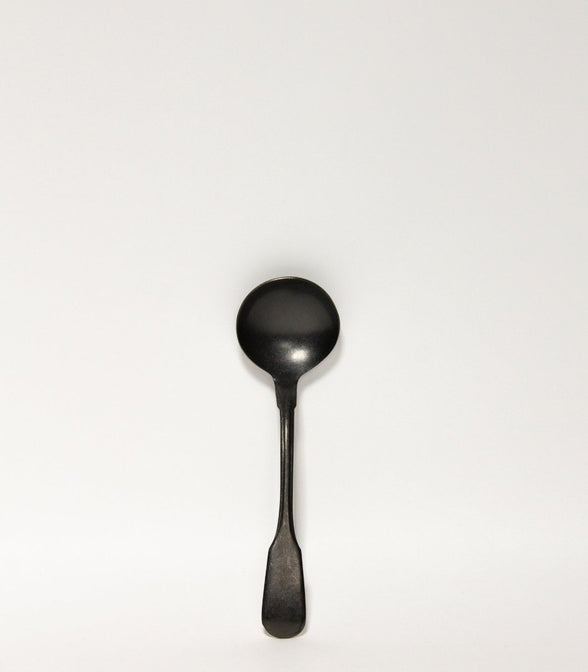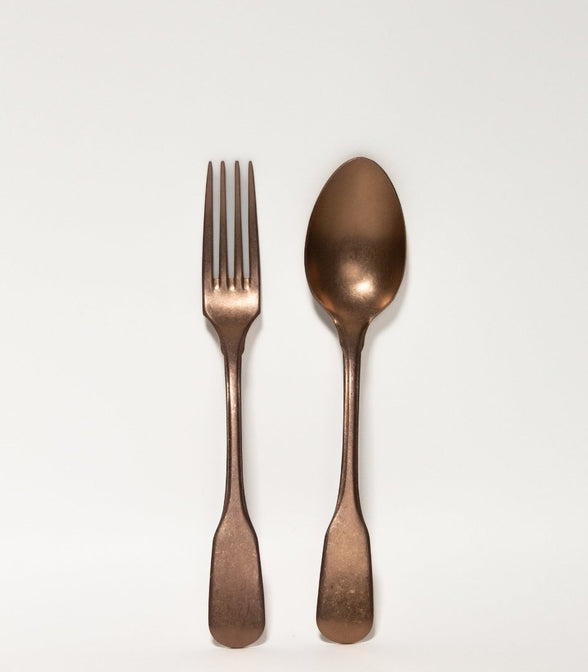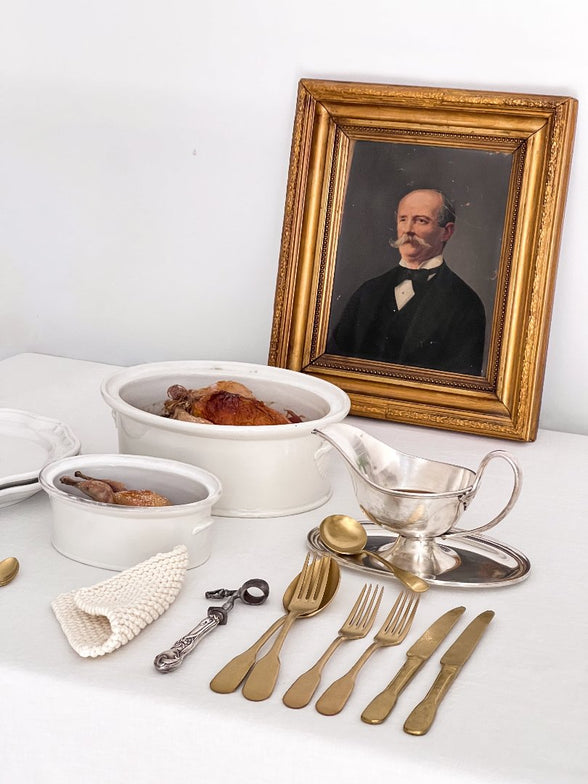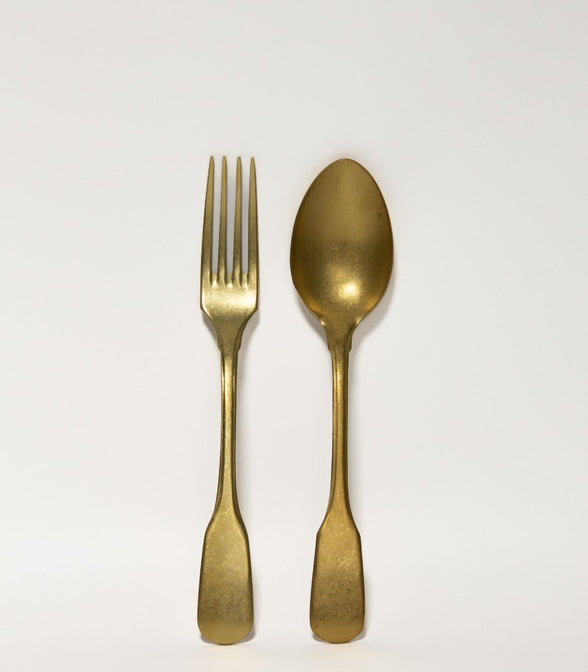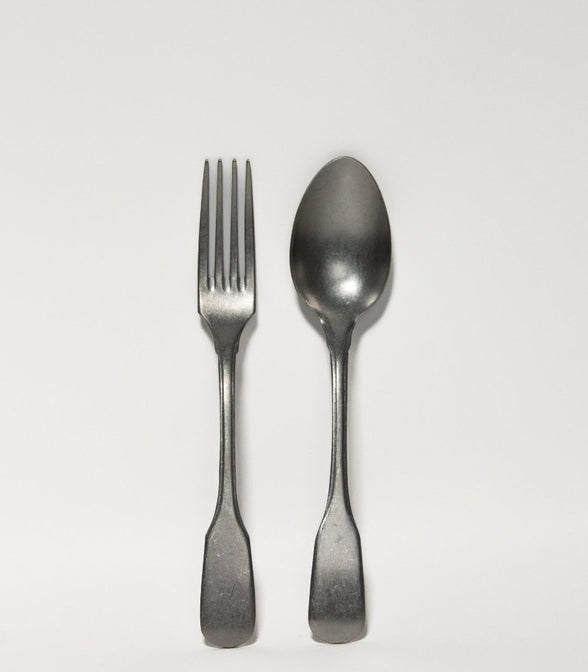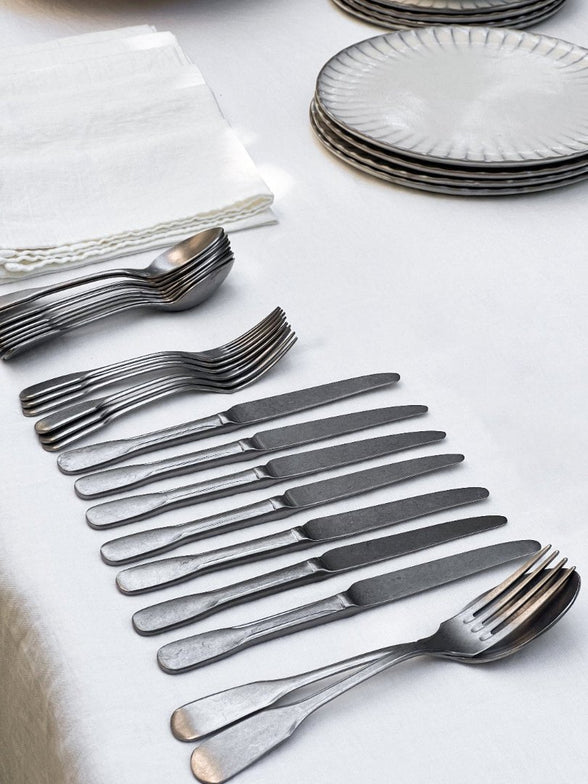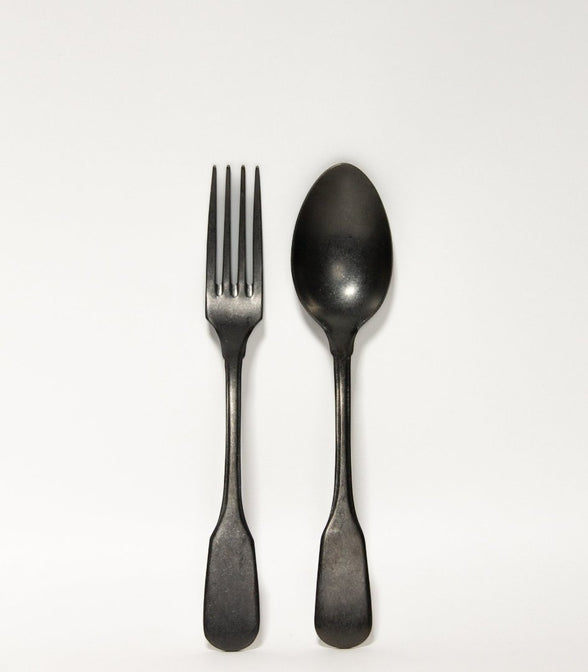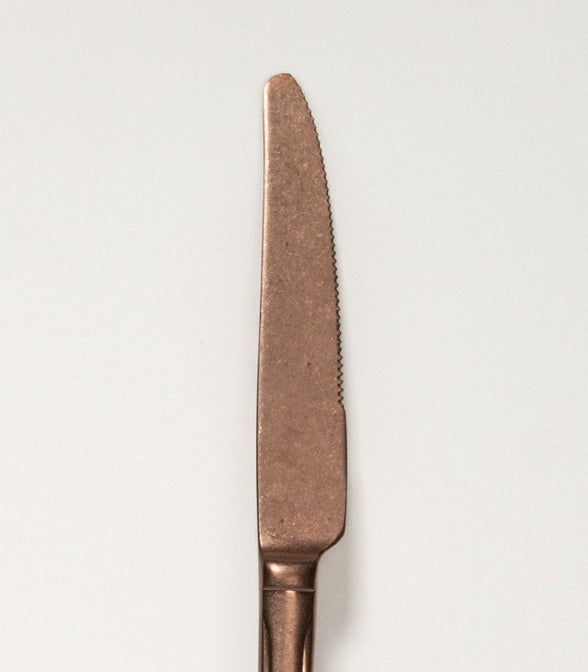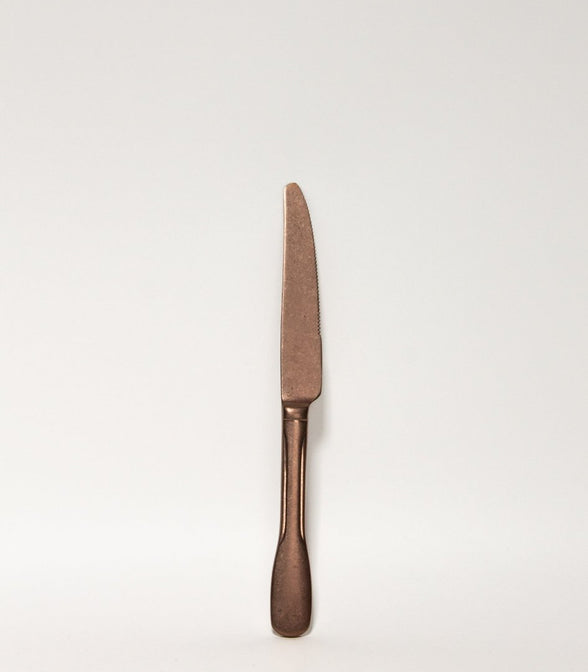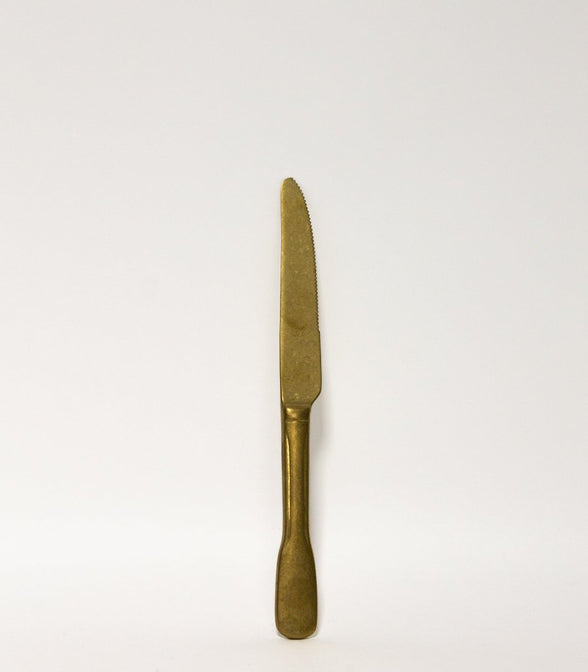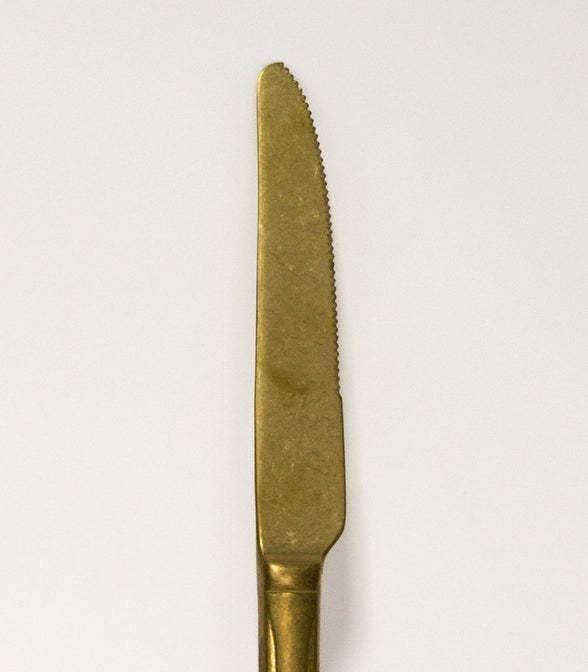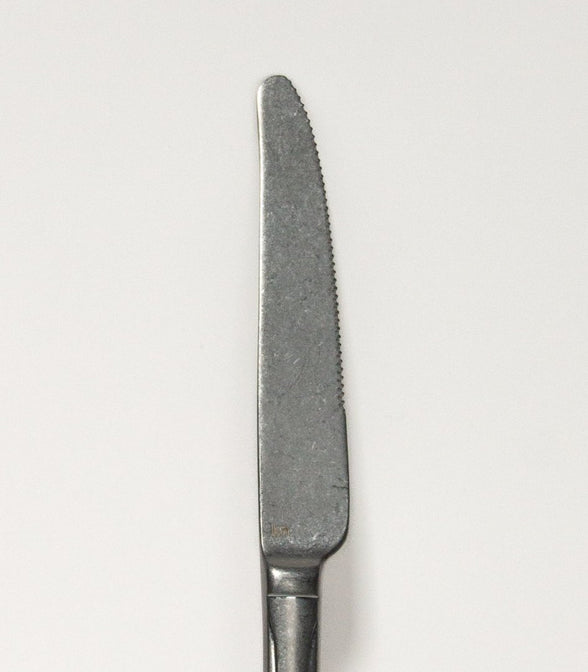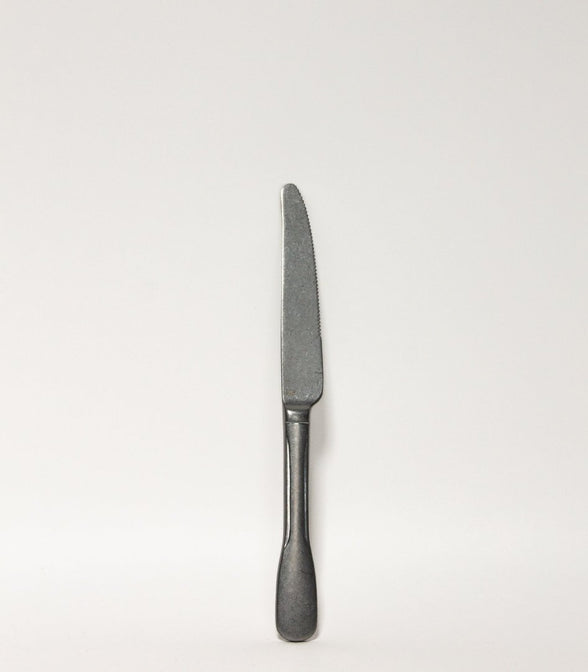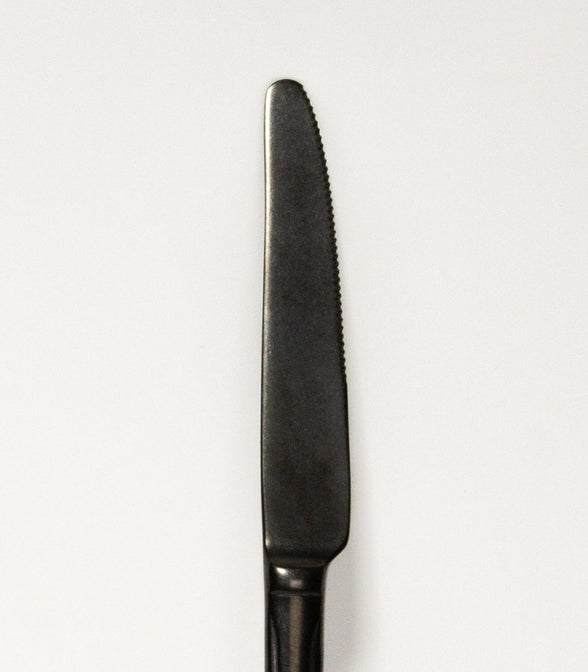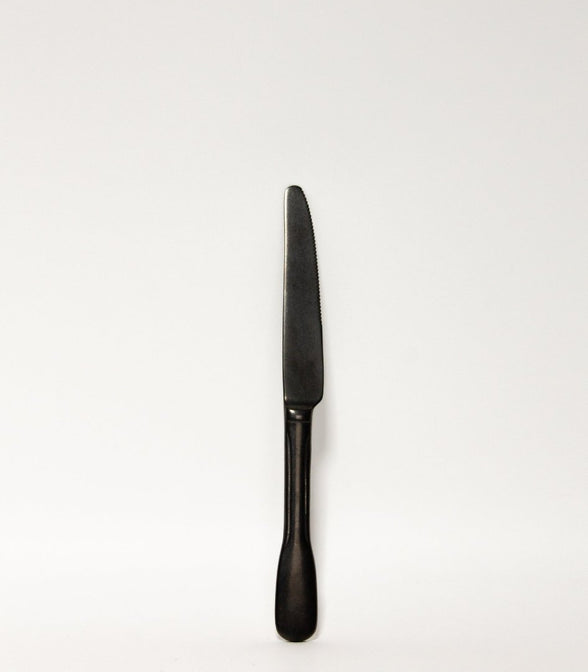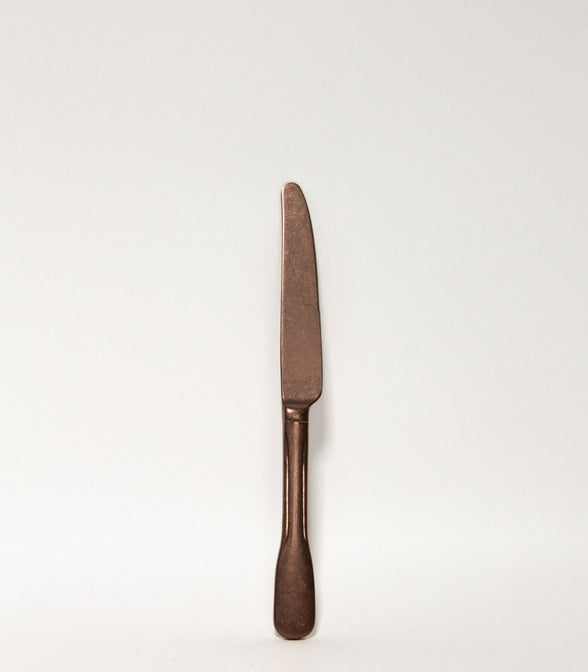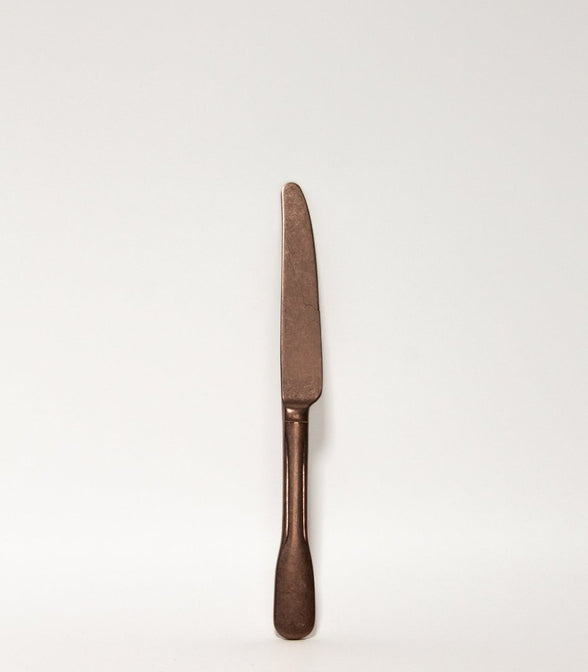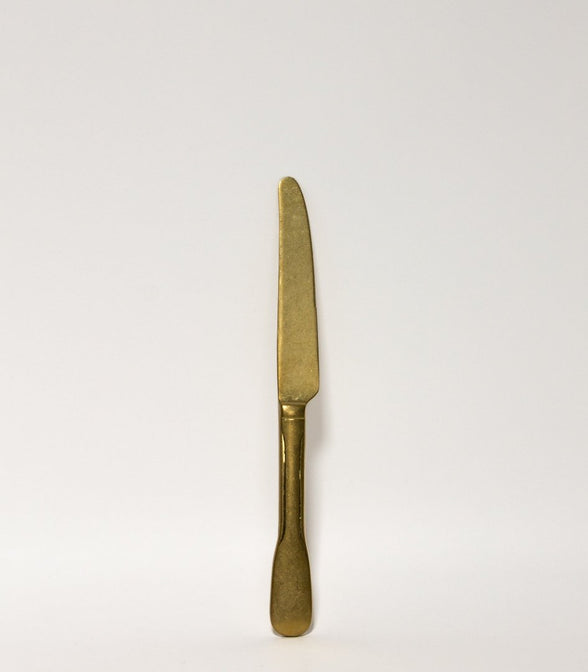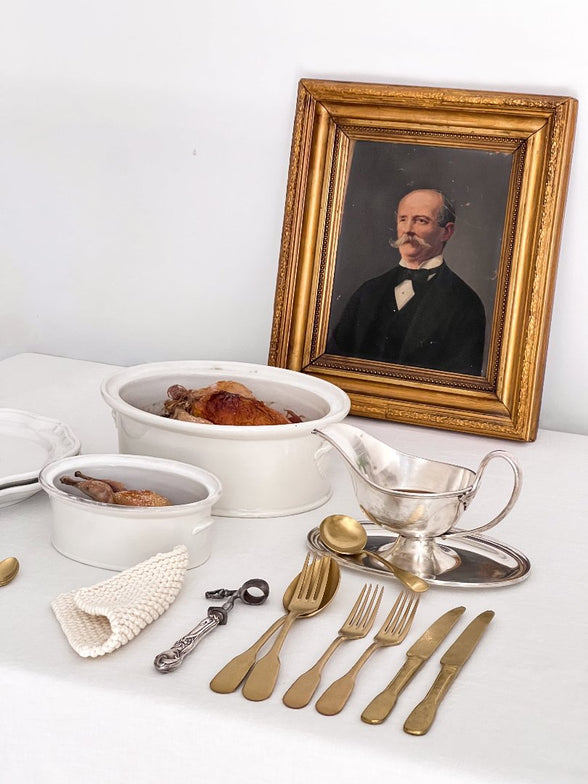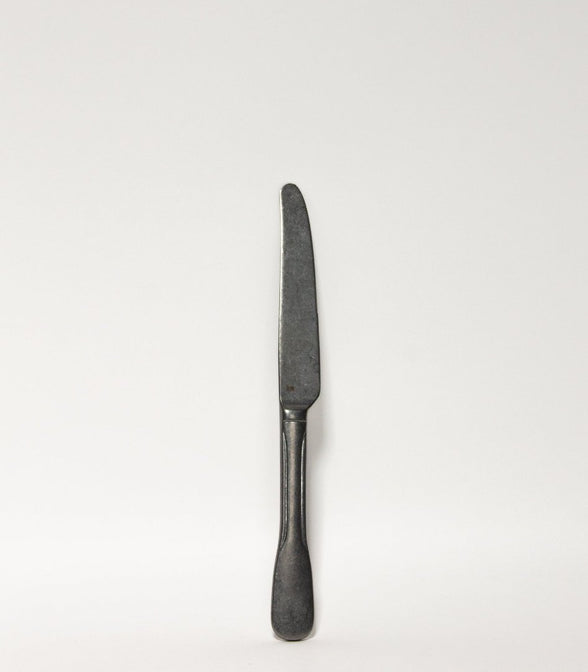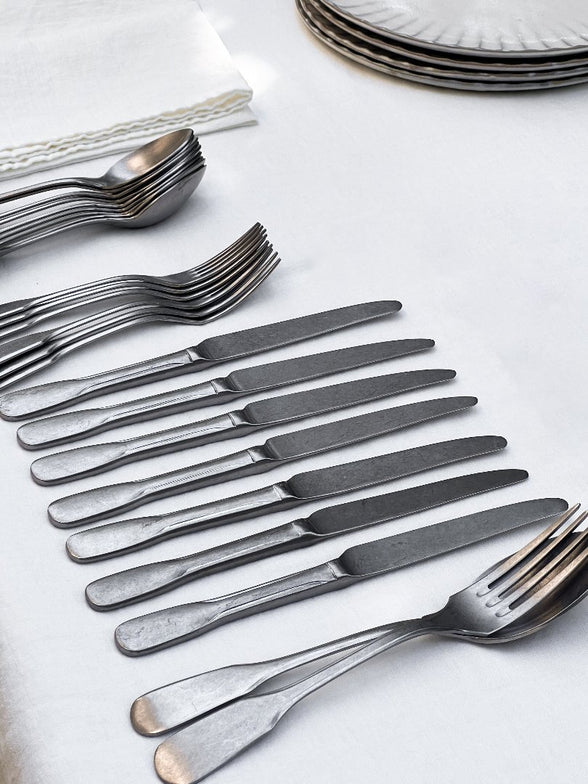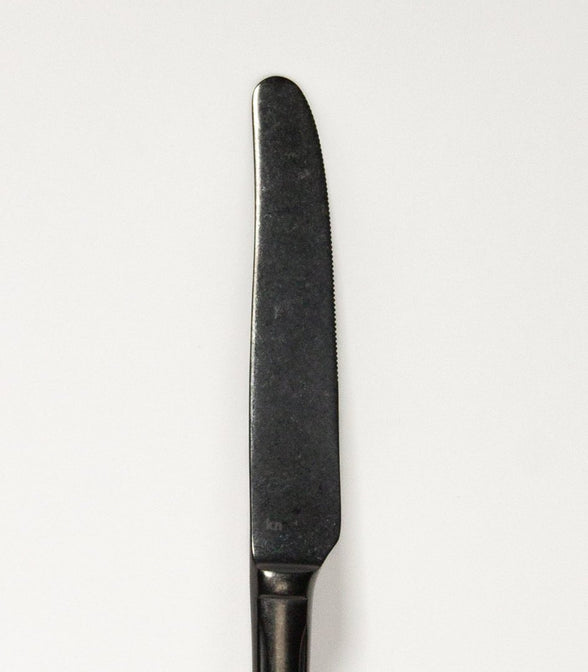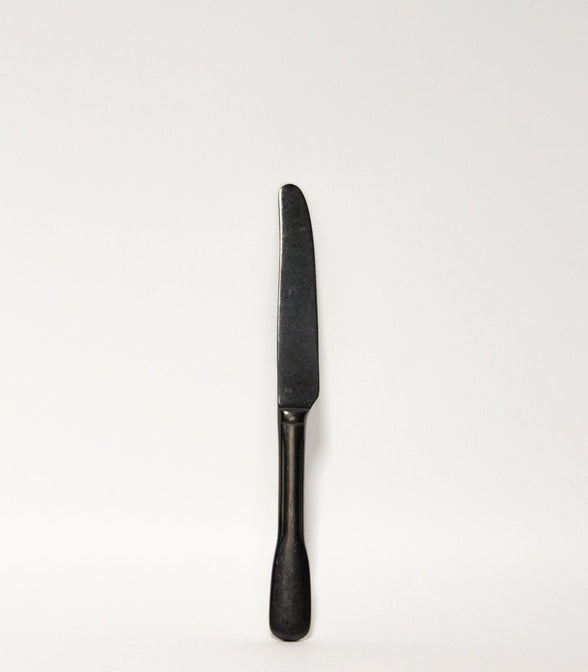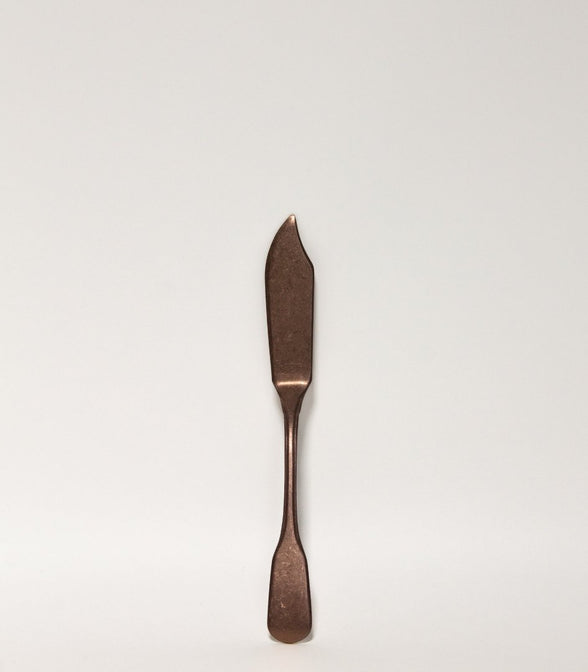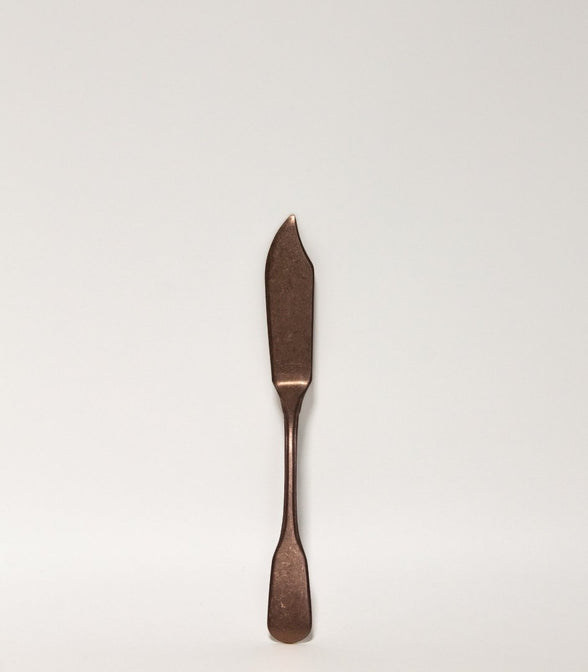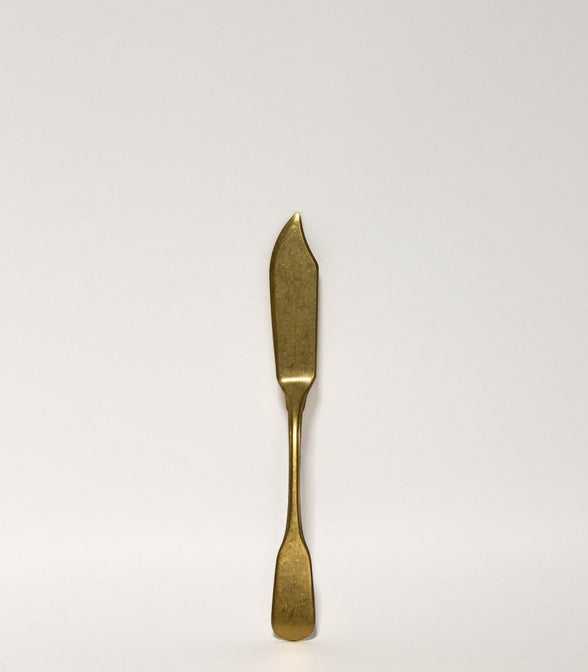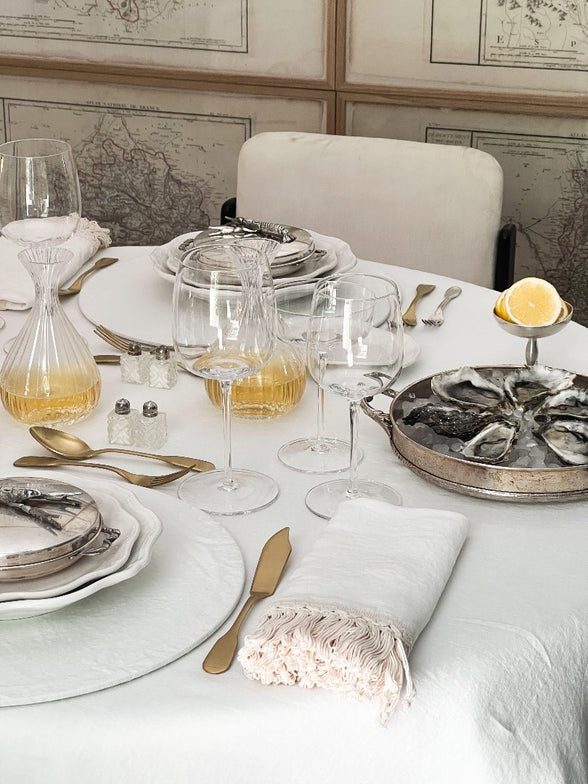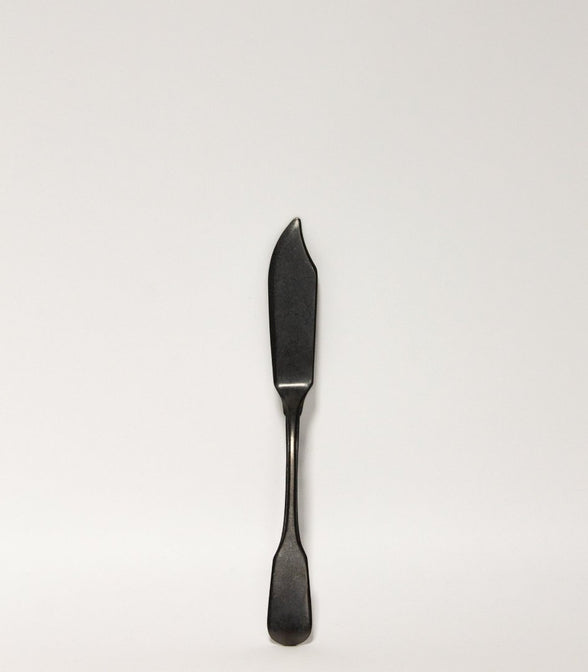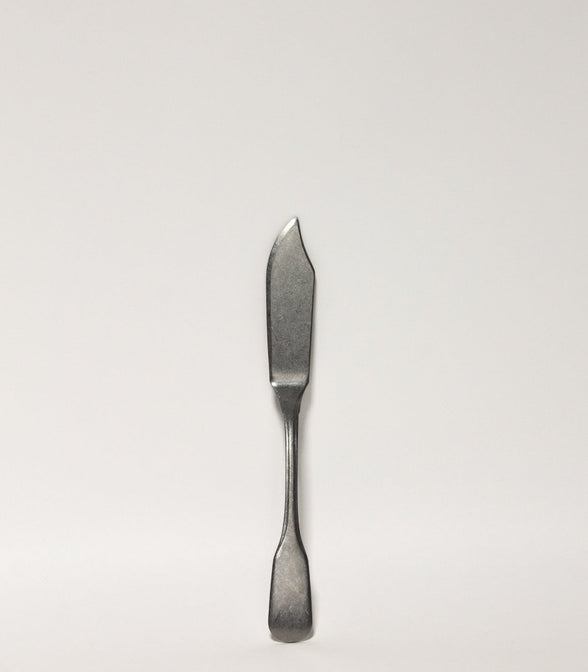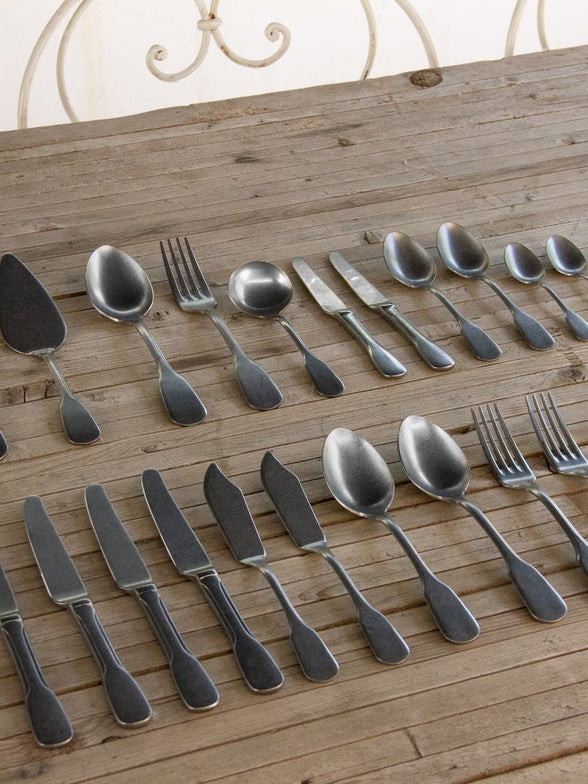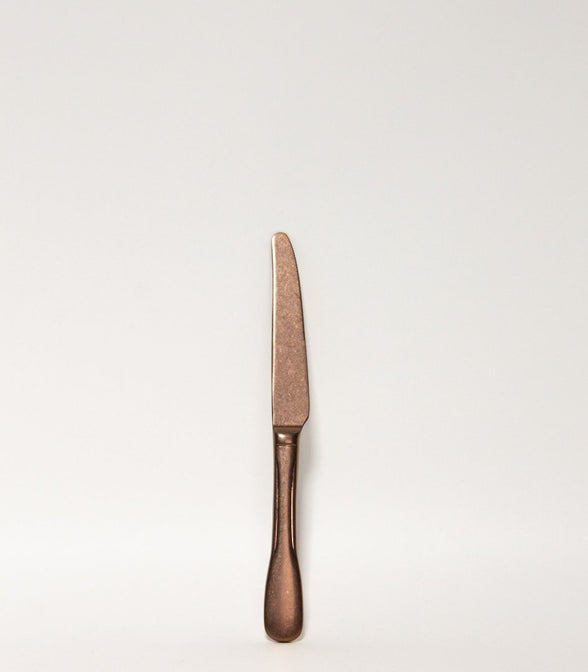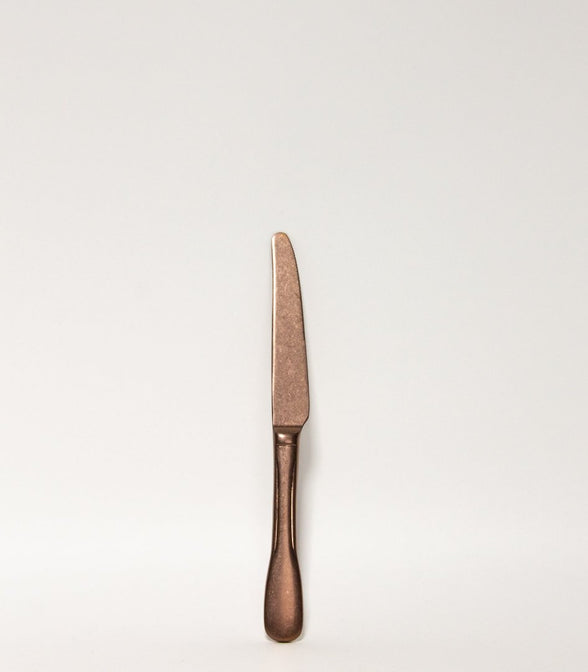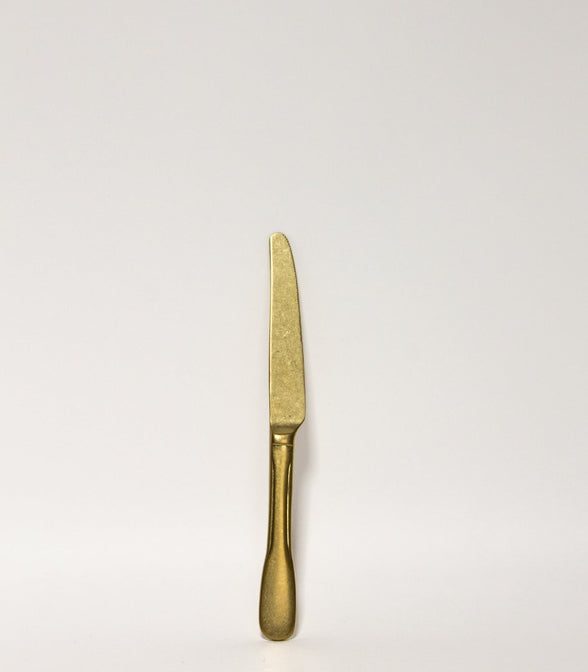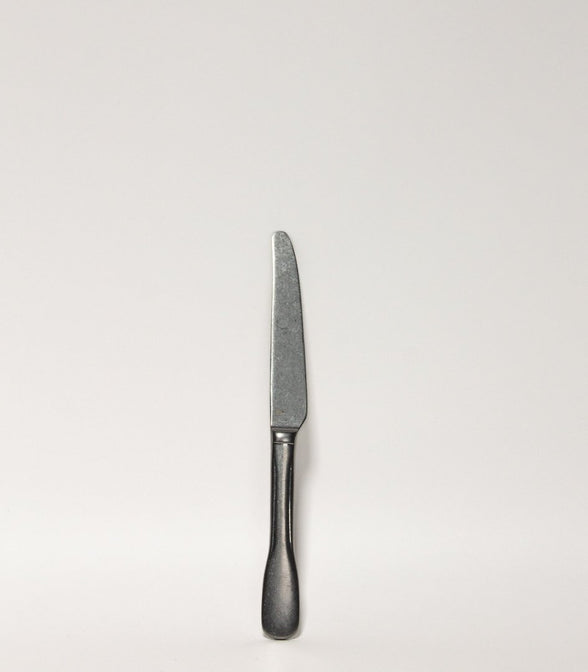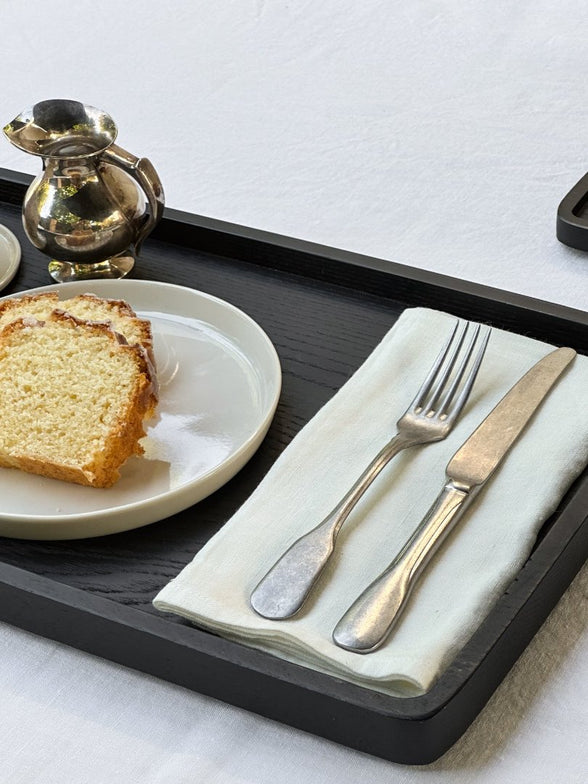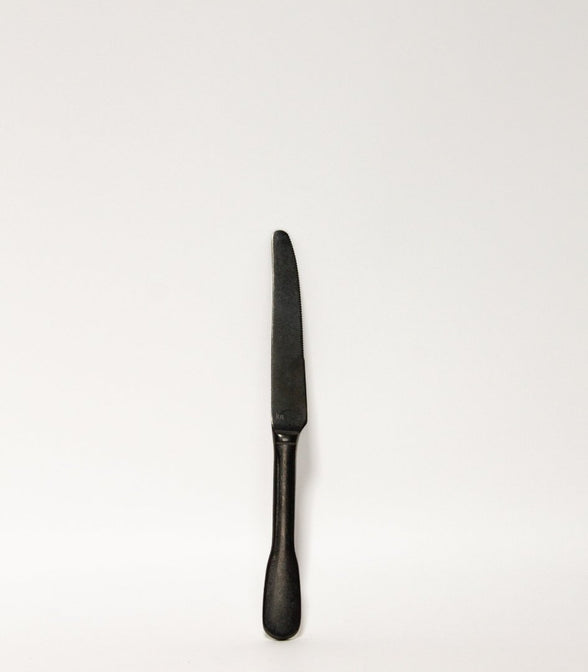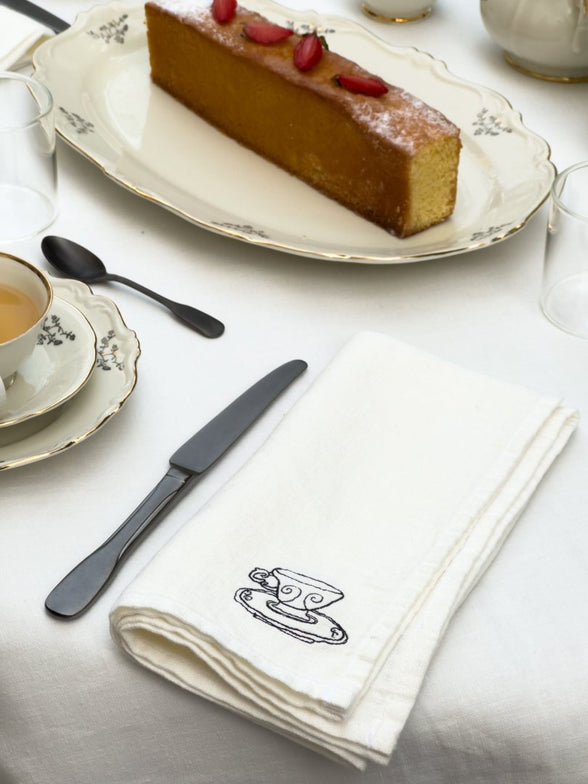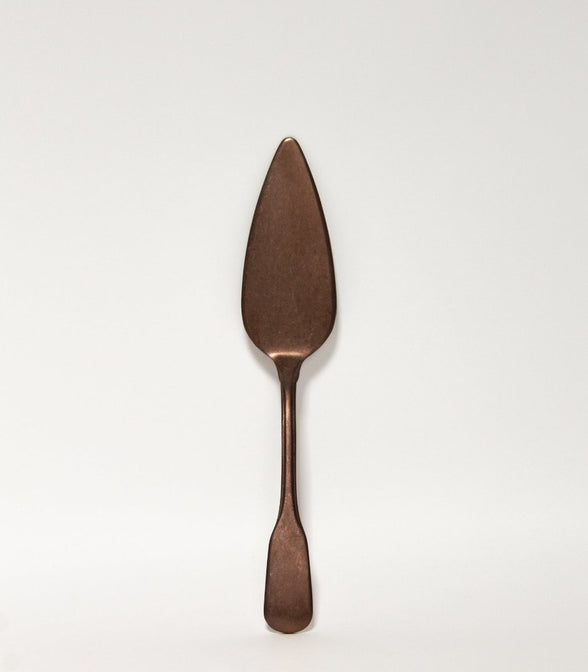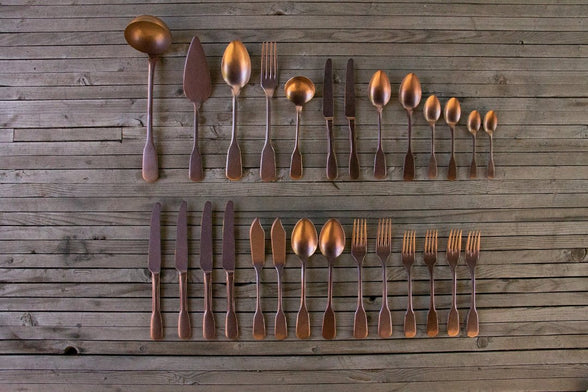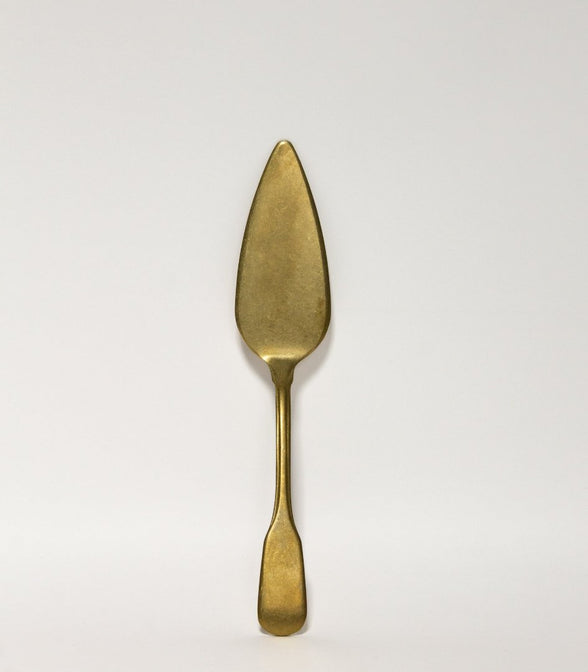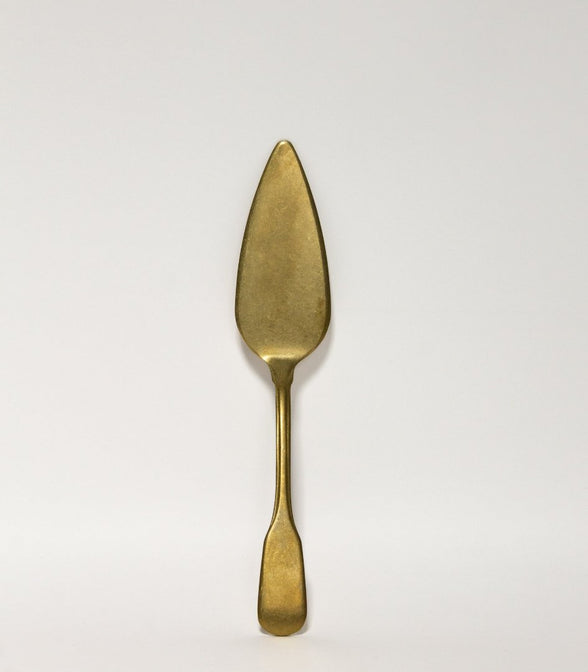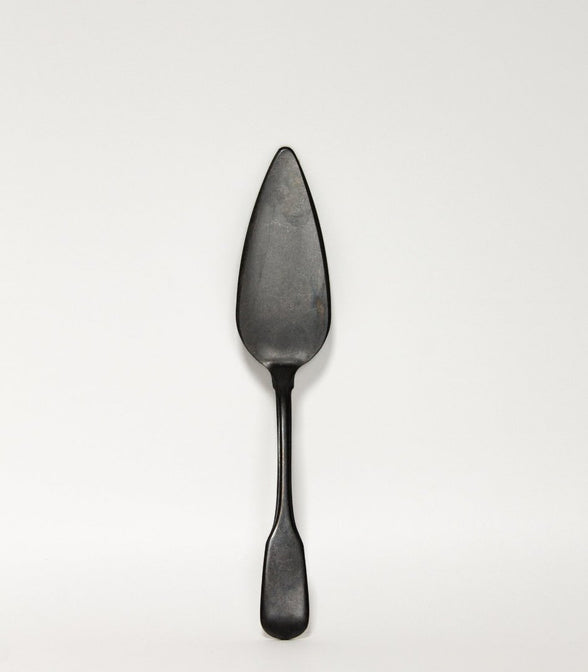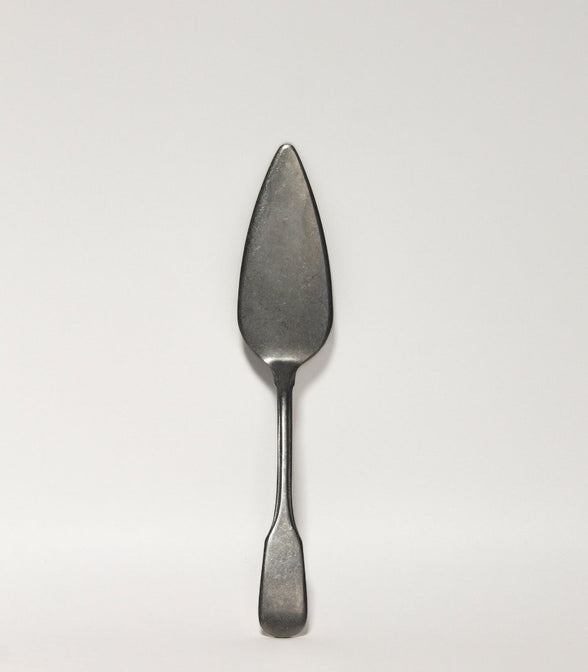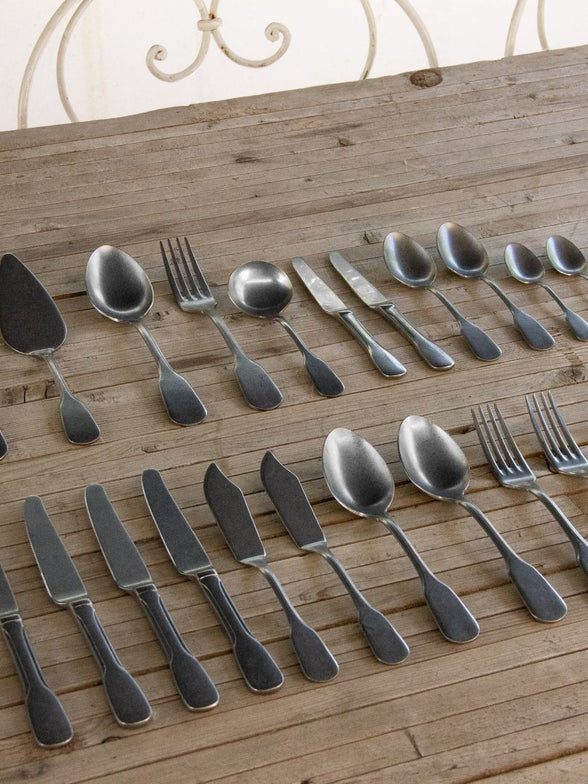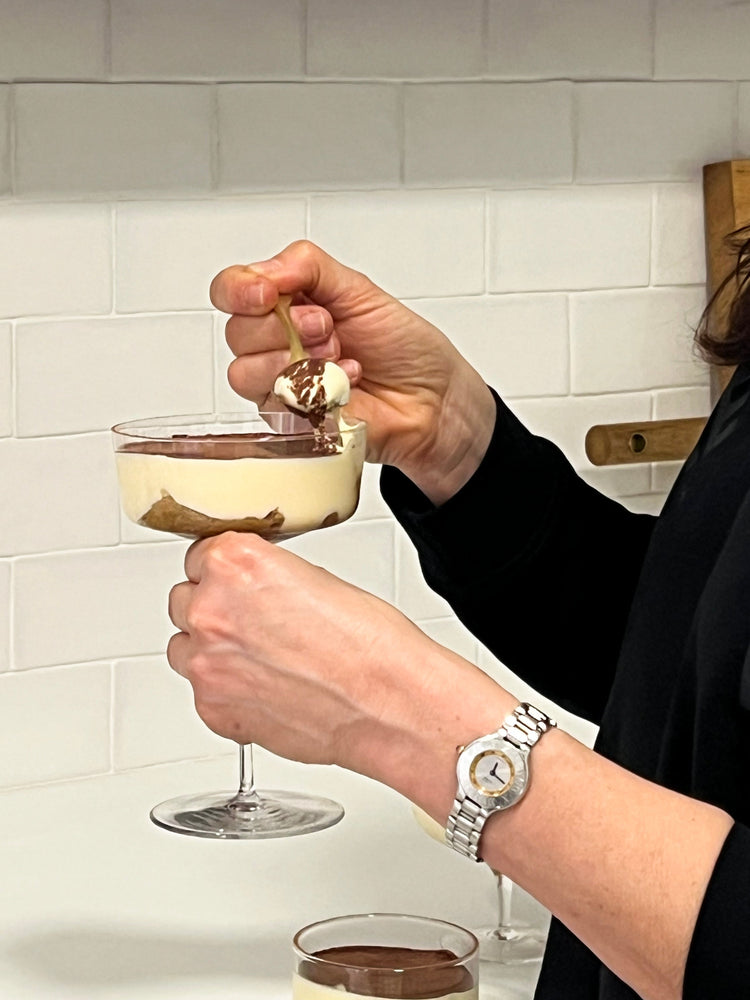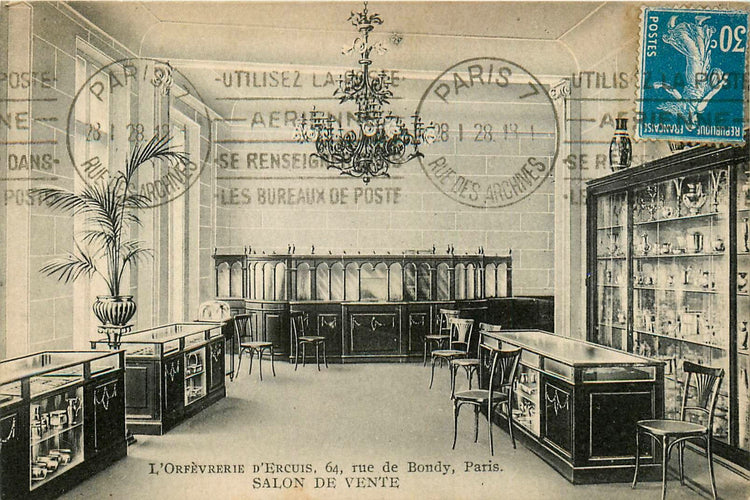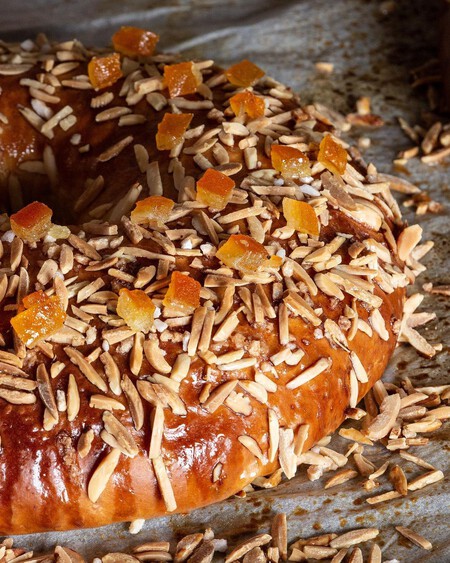The first stainless steel cutlery
A material that is just over 100 years old
The origin of the first stainless steel cutlery dates back to the beginning of the 20th century. Before their invention, tableware was usually made of metals such as silver, iron or ordinary steel, which were prone to corrosion and required special care to avoid stains and rust.
It was in 1913 that the British metallurgist Harry Brearley came up with an alloy of chromium and carbon steel that did not tarnish or rust and remained the same. A century earlier, experiments had already been carried out with different alloys, with the aim of achieving a rust-resistant material.
The first brand to market stainless steel cutlery was Firth-Vickers, a British company based in Sheffield, England. In fact, Brearley worked in one of the company's subsidiaries. Following his discovery, Firth-Vickers was a pioneer in recognising the potential of stainless steel for the production of cookware and cutlery, due to its corrosion resistance and low maintenance. They began to develop and market cutlery made from this material in the 1910s and 1920s.
Sheffield continued to establish itself as a centre for the production of stainless steel cutlery, exporting pieces all over the world and laying the foundations for its widespread use in everyday life.
Stainless steel revolutionised the cookware and cutlery industry, offering durability, easy cleaning and a shiny finish. The first cutlery made from this material appeared soon after, quickly gaining popularity due to its hygienic properties and low maintenance.
Until the beginning of the 20th century, all metal cutlery rusted. It was a very heavy task for the people who had to keep them clean and shiny, to the point of warning them at the time of their hiring, even stating ‘doing no cutlery’ on their letter of introduction.
Although stainless steel became the preferred choice for everyday use due to its durability, low maintenance and affordable price, silver cutlery and other silver-plated alloys remained symbols of luxury, sophistication and tradition.
Silver cutlery, whether solid silver or silver plated metal, is associated with formal events, celebrations and special occasions. Their distinctive lustre, weight and elegant aesthetics have maintained their popularity in high-end settings, such as luxury hotels, top restaurants and in family collections that are passed down from generation to generation.
Several brands have continued to be benchmarks in the production and marketing of silver cutlery, standing out for their quality, history and prestige. Today, in Europe, the French goldsmith Christofle, founded in 1830, whose silver and silver-plated cutlery is still a symbol of sophistication on tables all over the world; and Puiforcat, founded in 1820 by Emile Puiforcat, a house that is synonymous with elegance and excellence in goldsmithing.
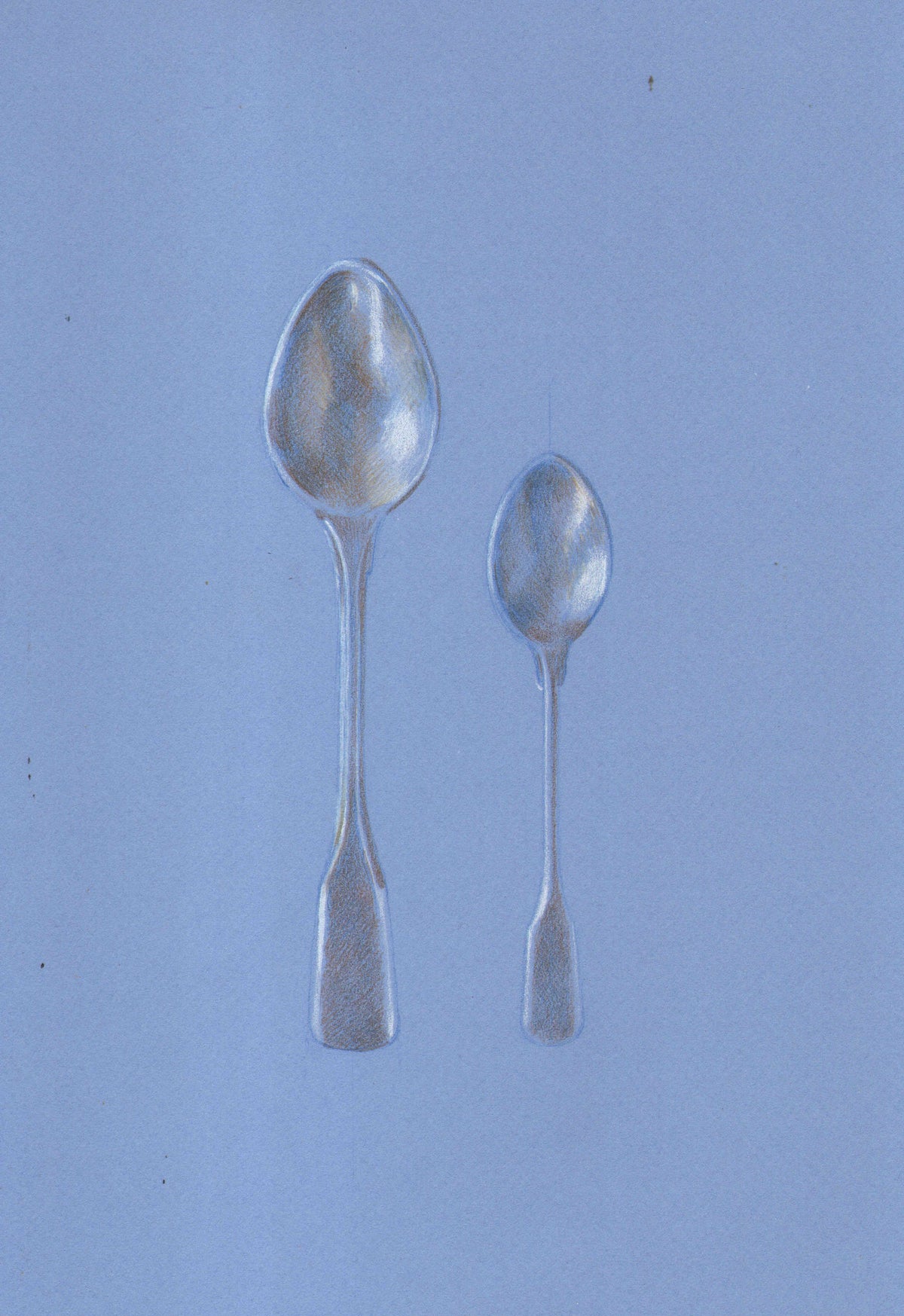
Drawing of cutlery pieces in pencil on Canson paper, by Francisco Solé and Fuencisla del Amo
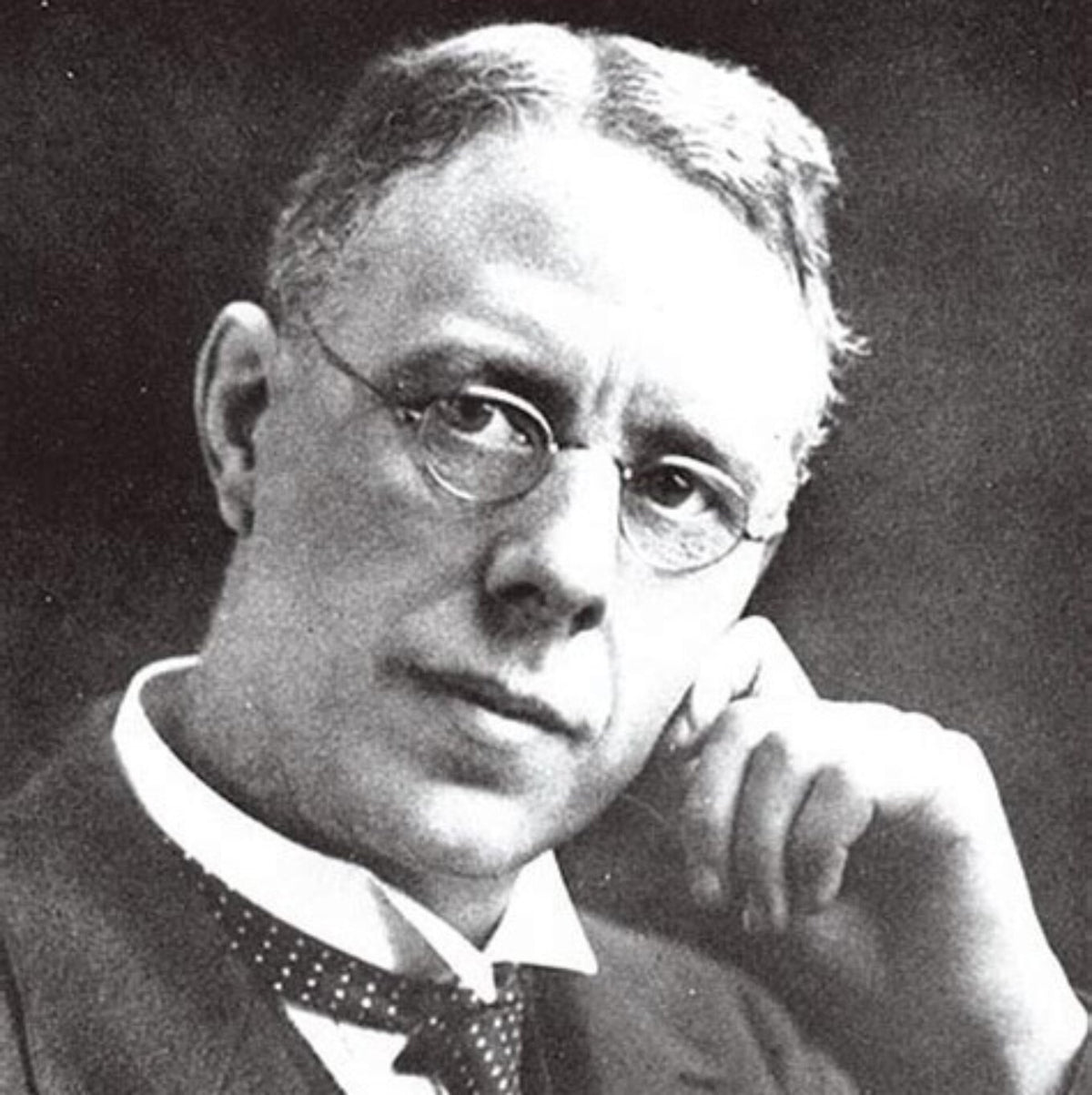
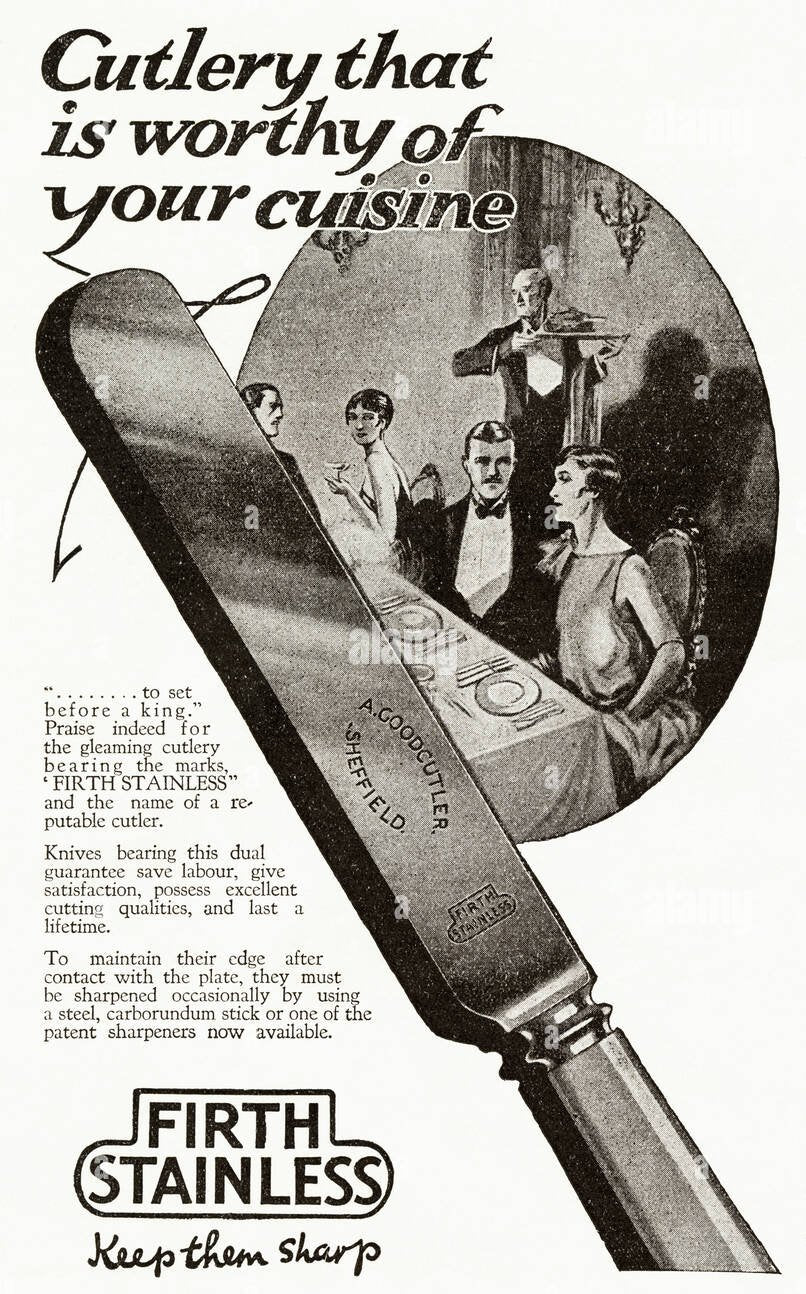
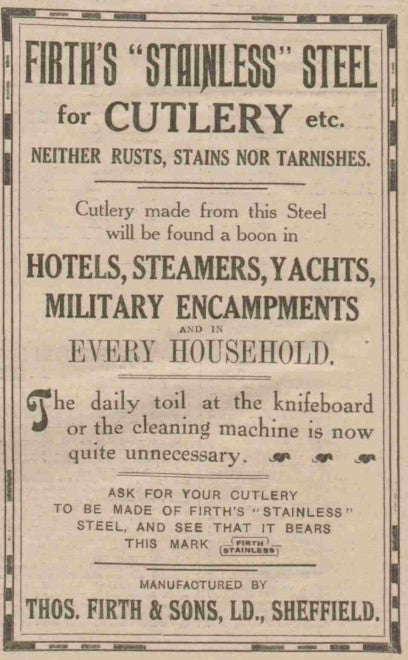
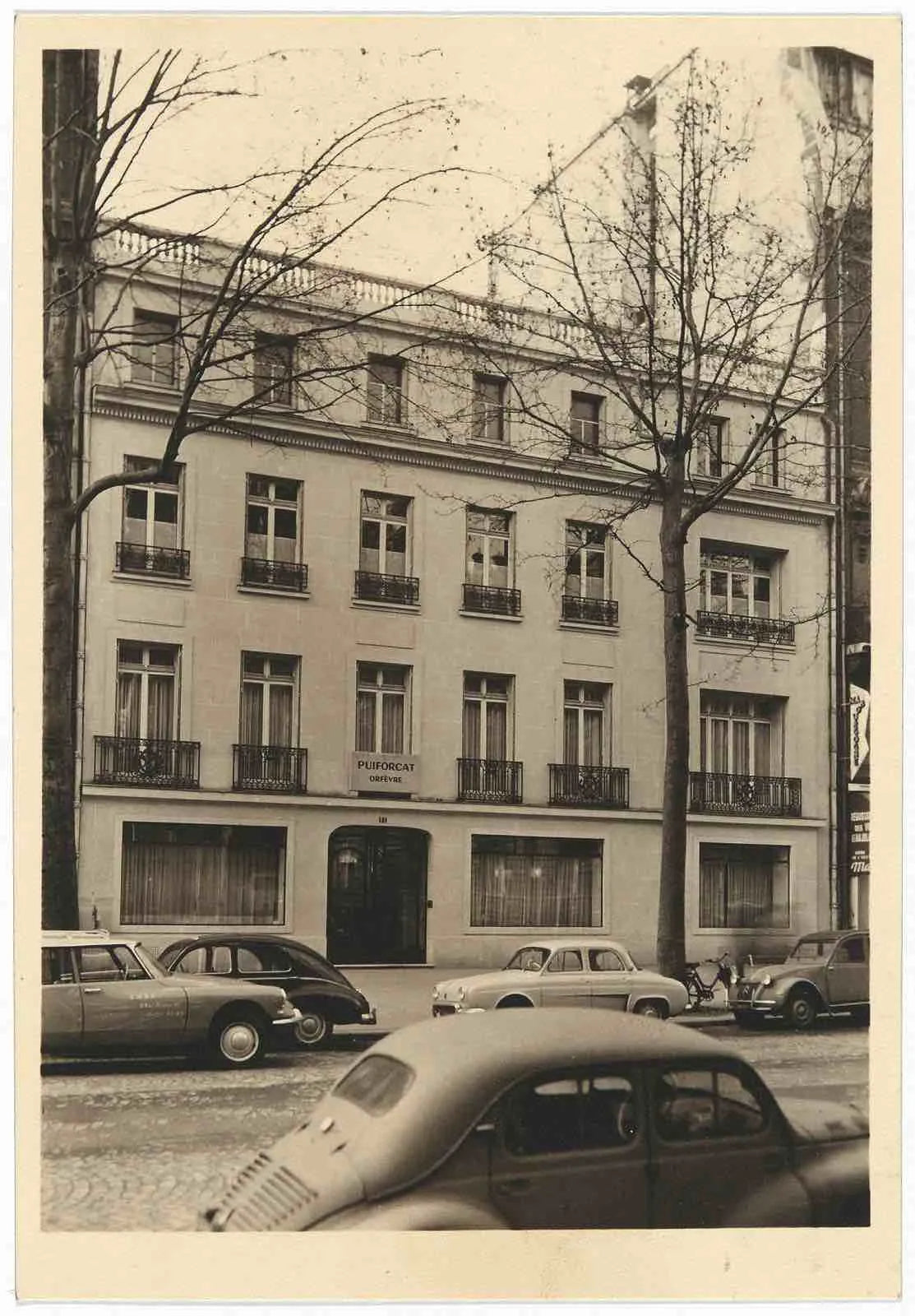
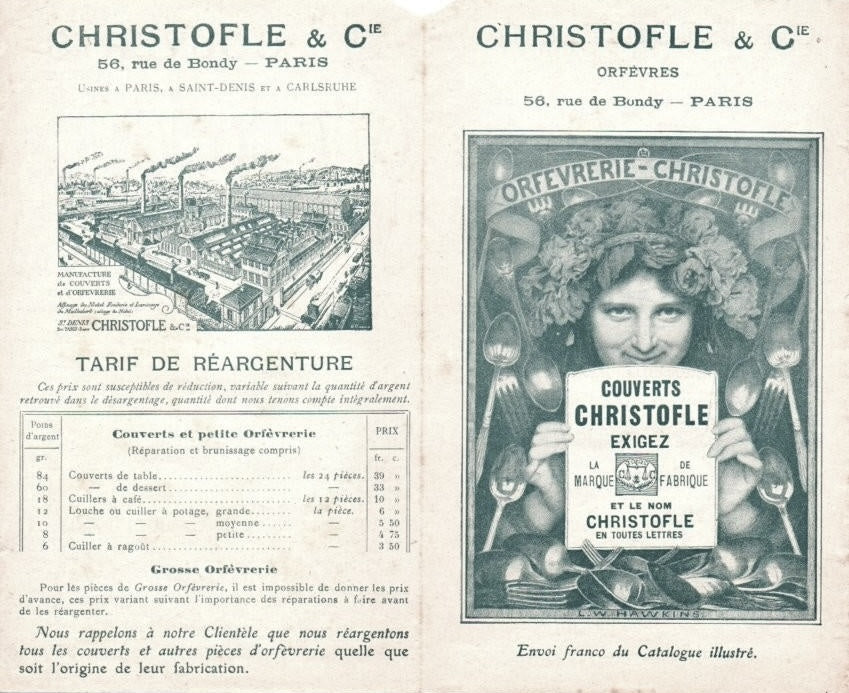
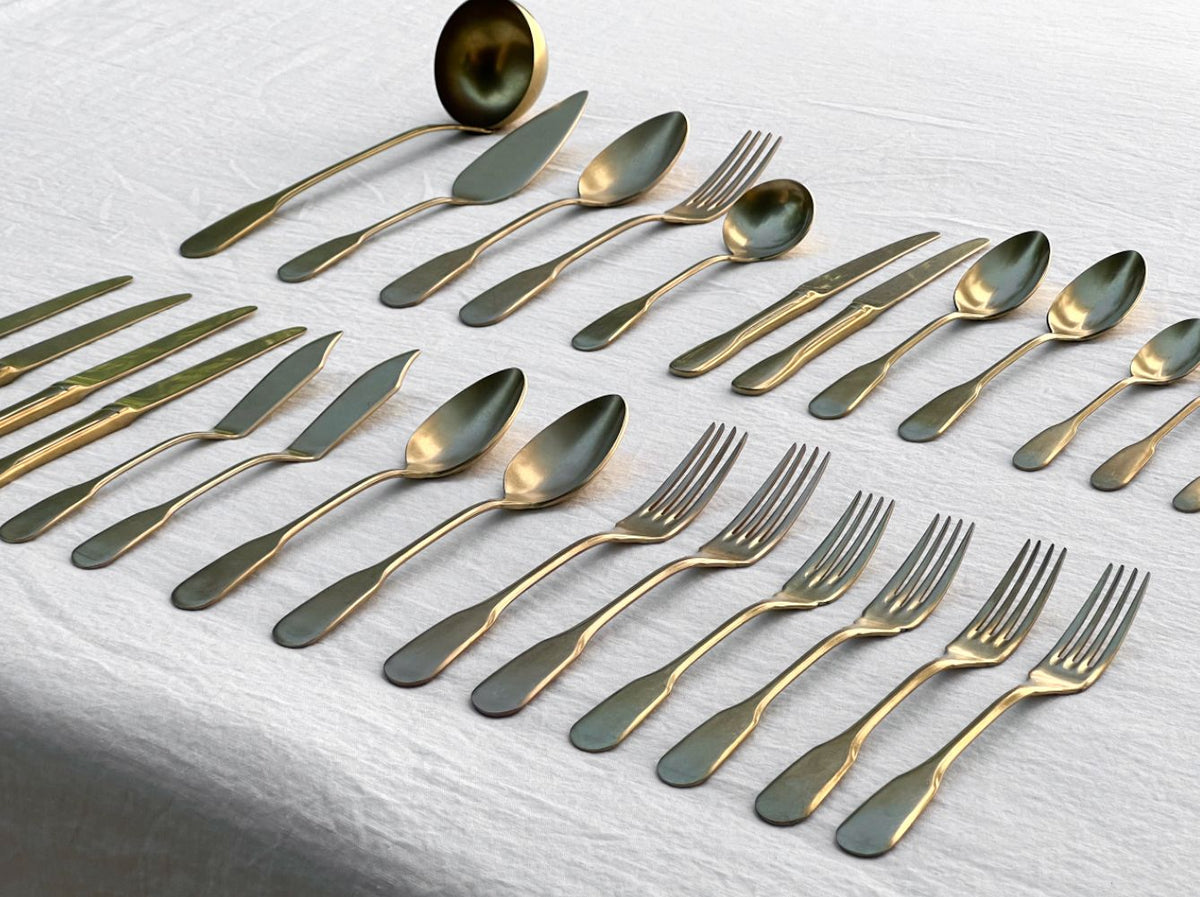
Photograph of Harry Brearley, inventor of stainless steel
Magazine advertisement for Firth Stainless, circa 1928.
December 1914 advertisement for Firth-Brearley Stainless (Sheffield Daily Telegraph). Image courtesy of Geoff Tweedale
Old photograph of the façade of the Puiforcat boutique on Boulevard Haussmann
Antique advertisement of the maison Christofle, beginning of the 20th century
Stainless steel cutlery in matt gold washed finish, available at Villa Las Perelli
